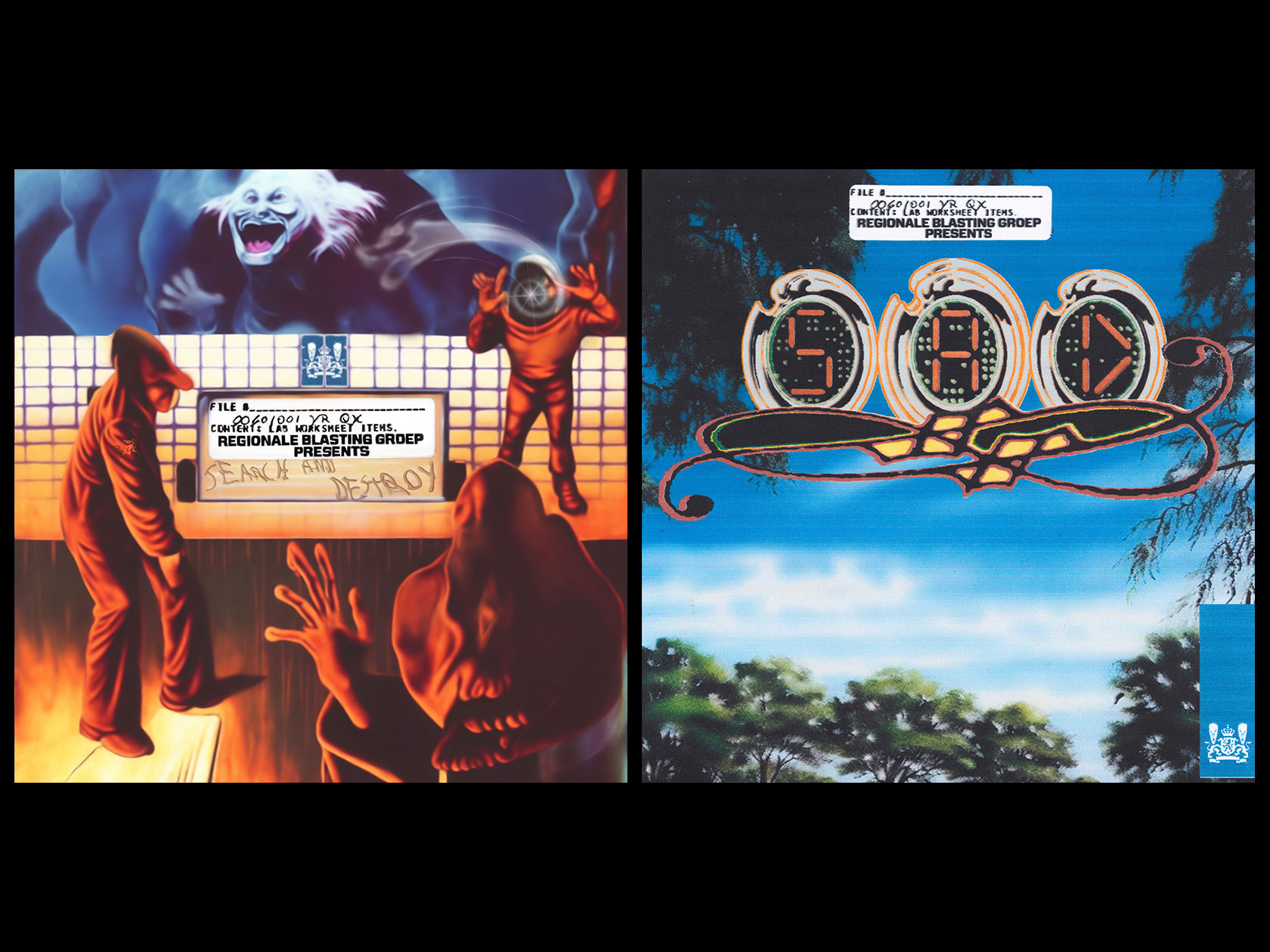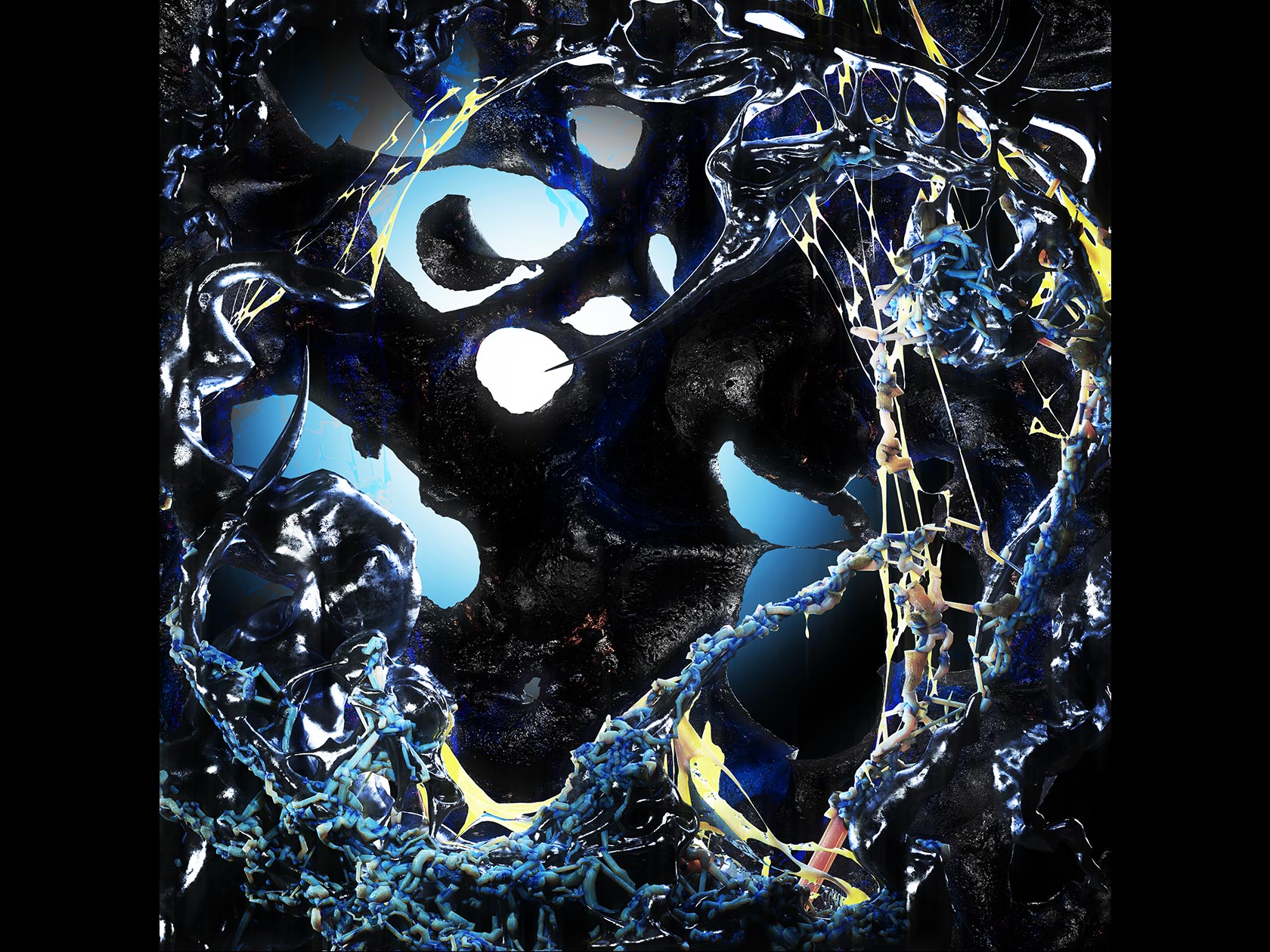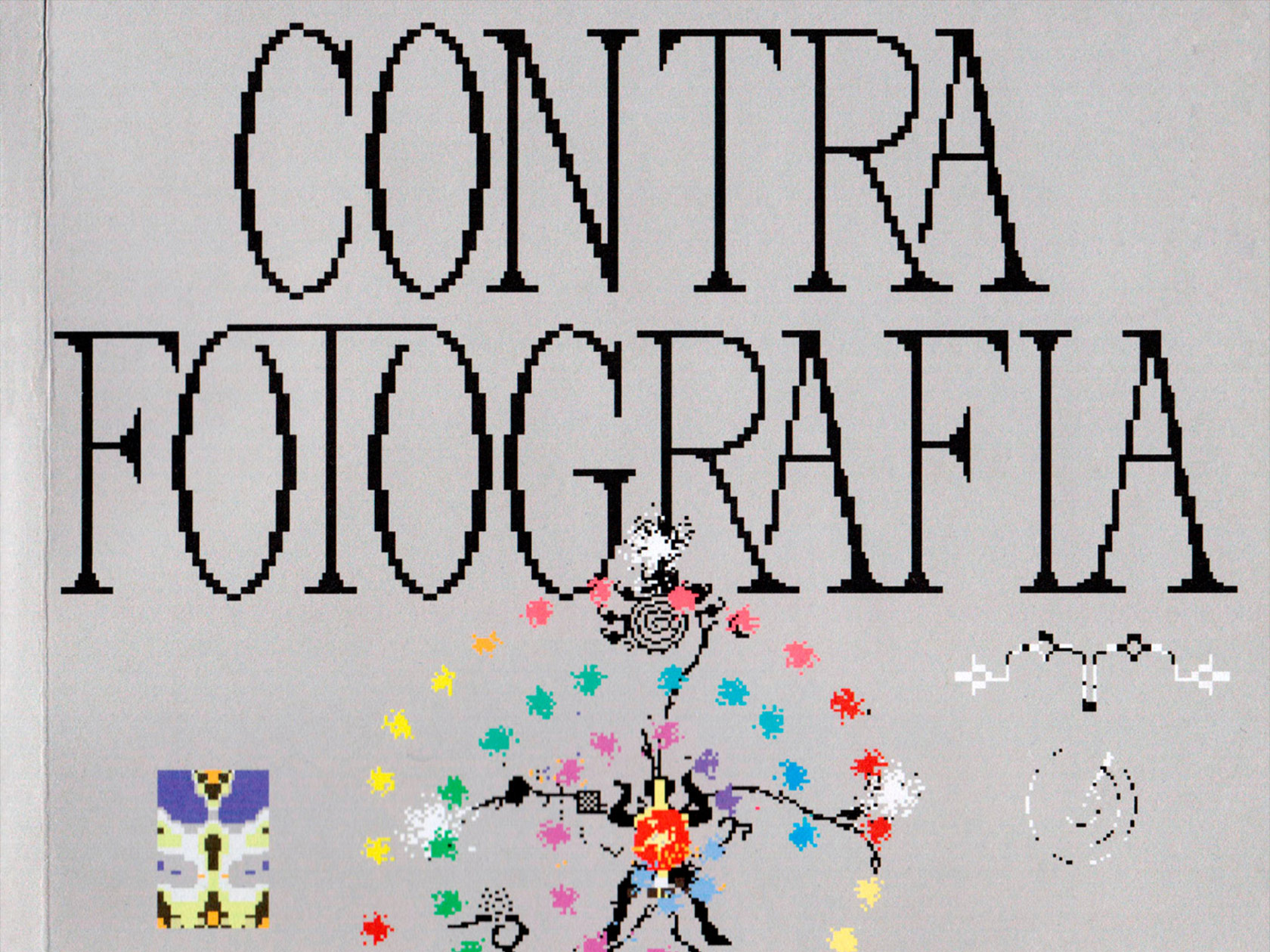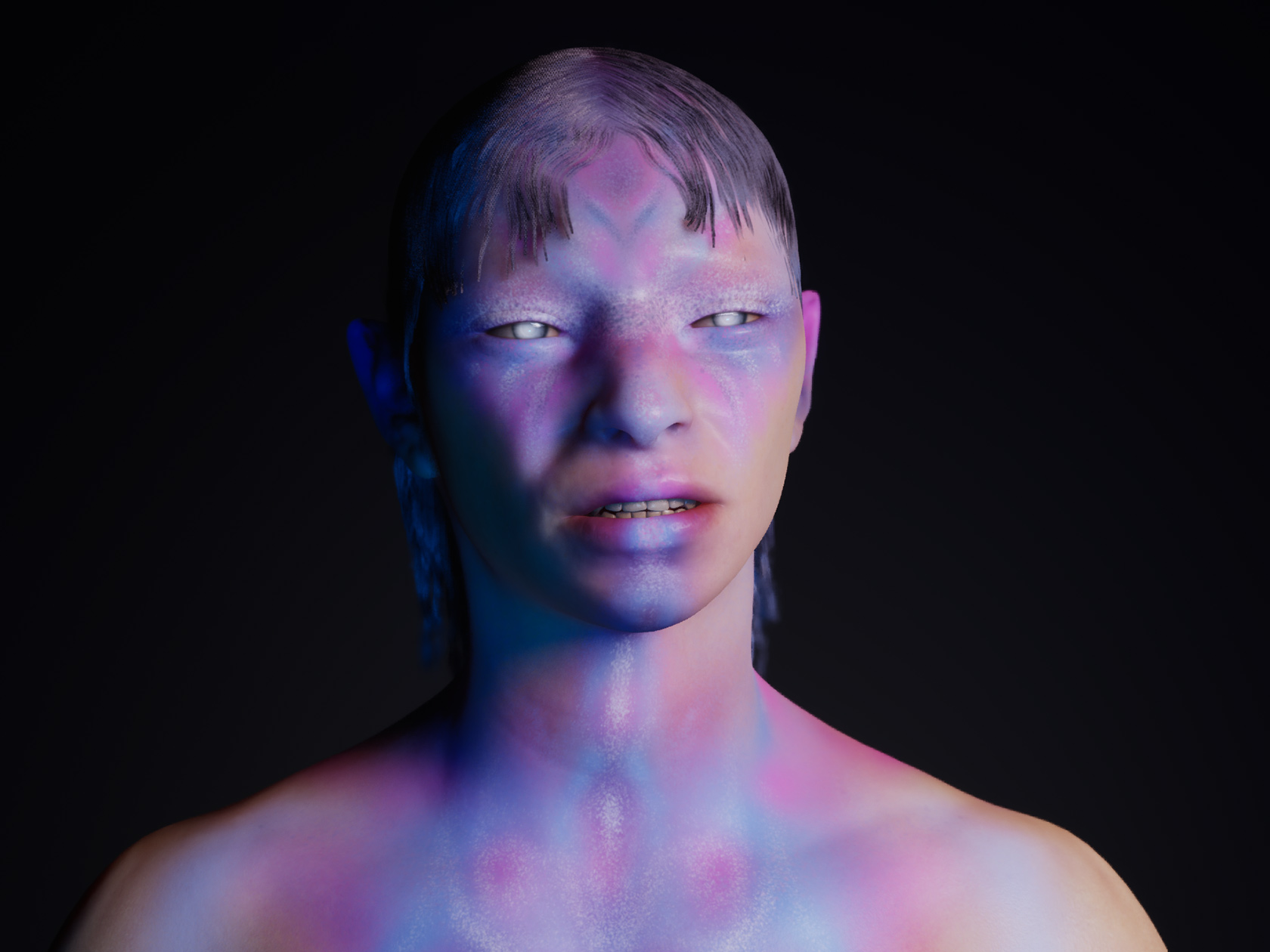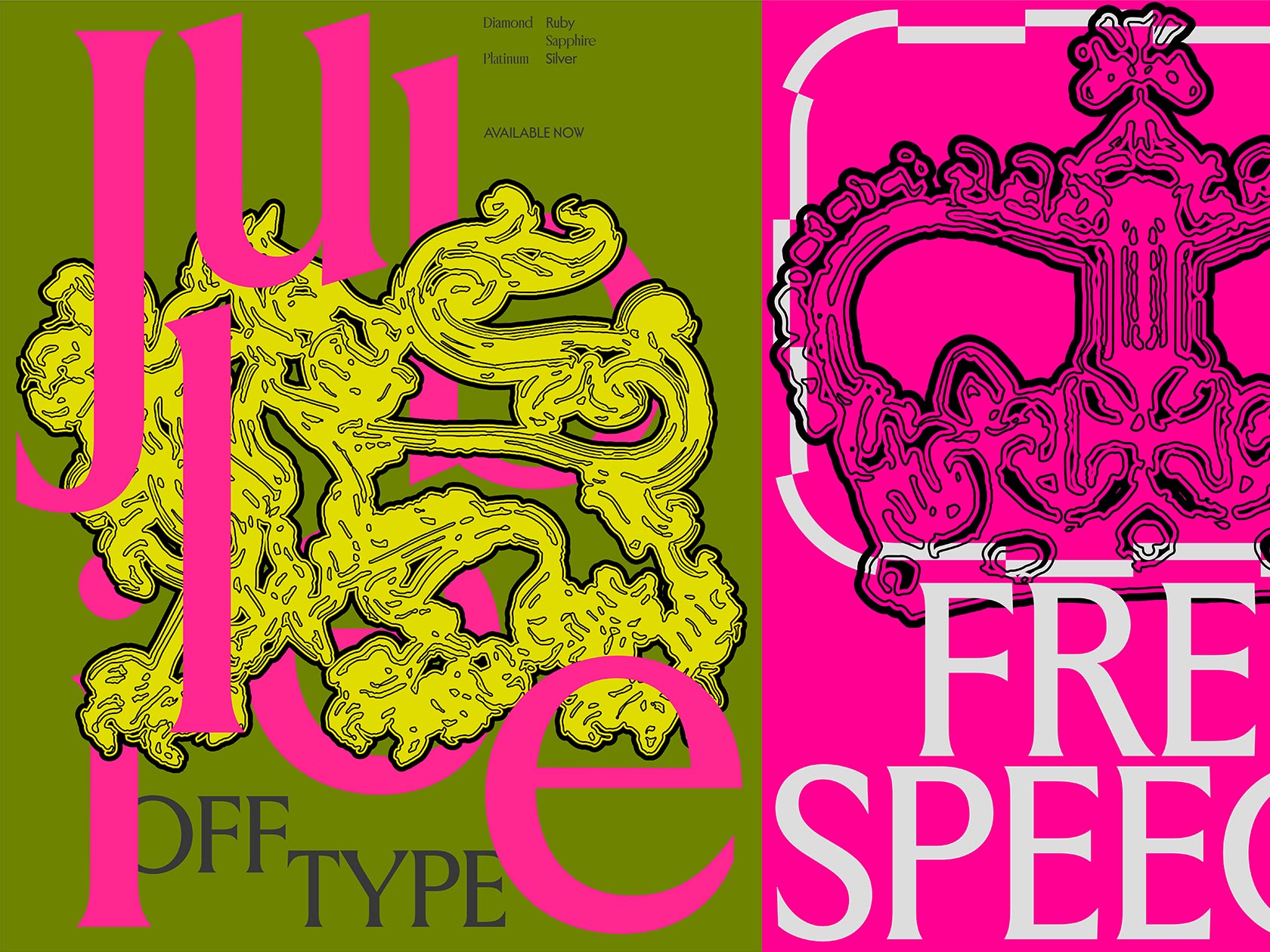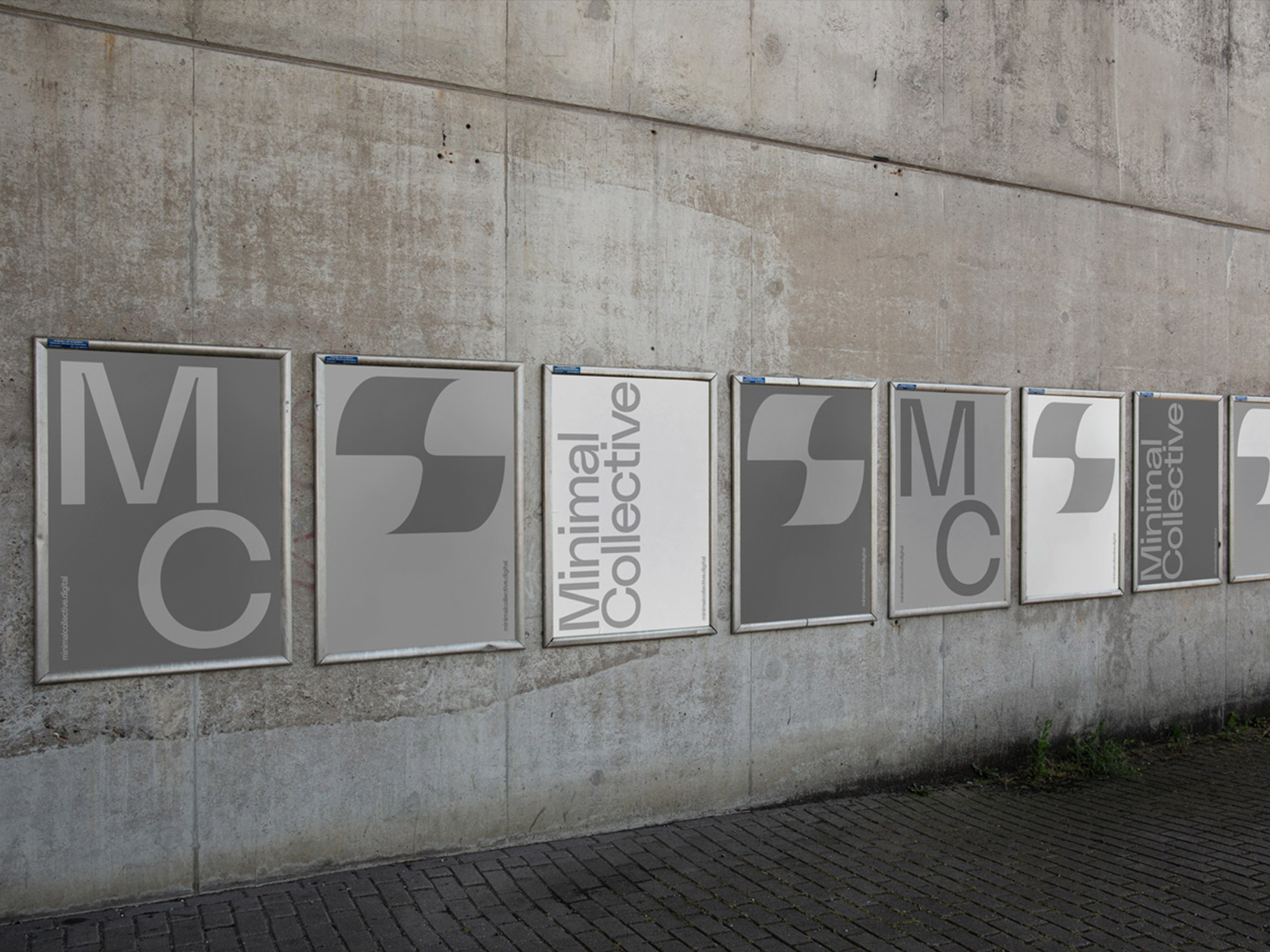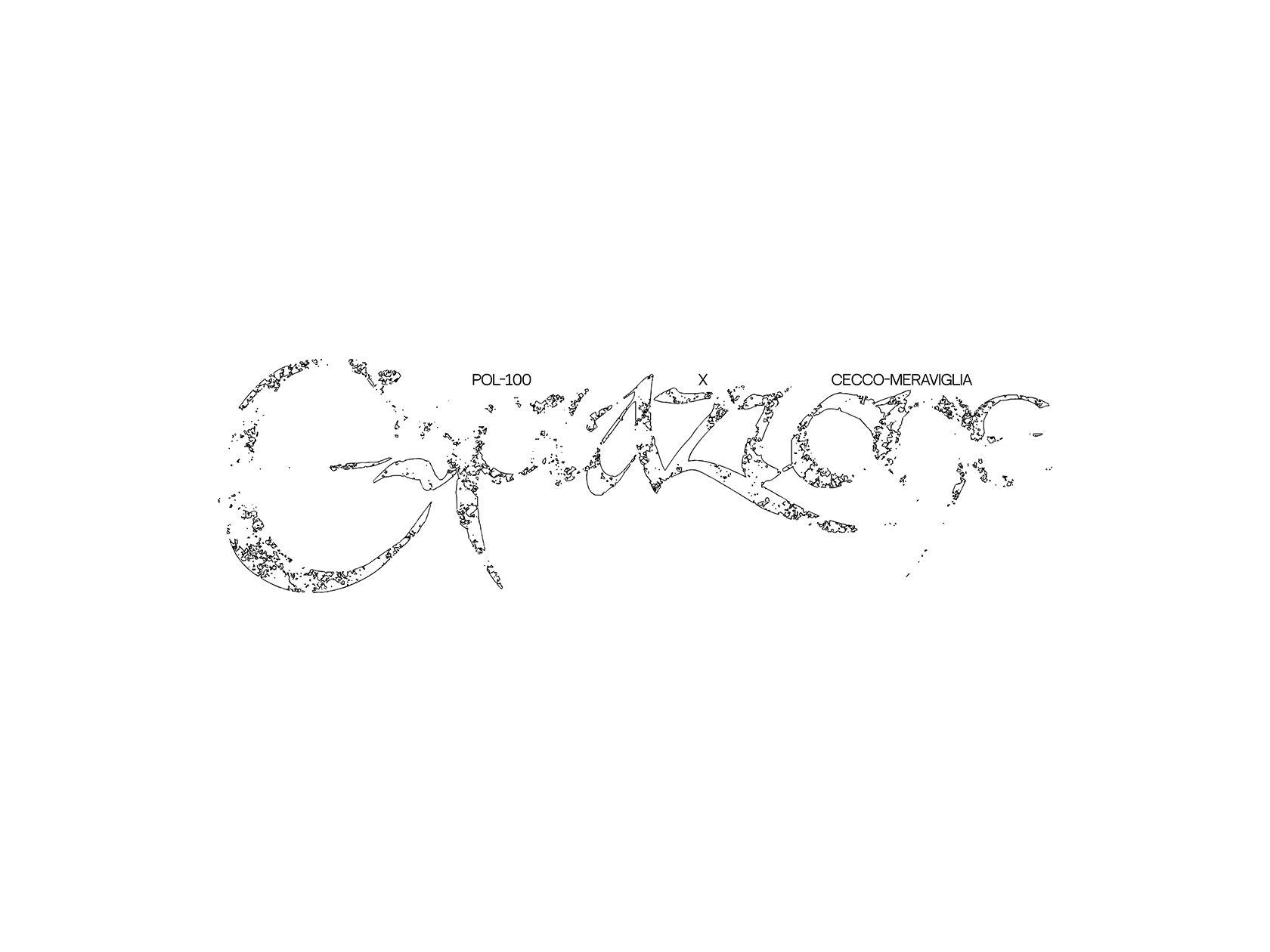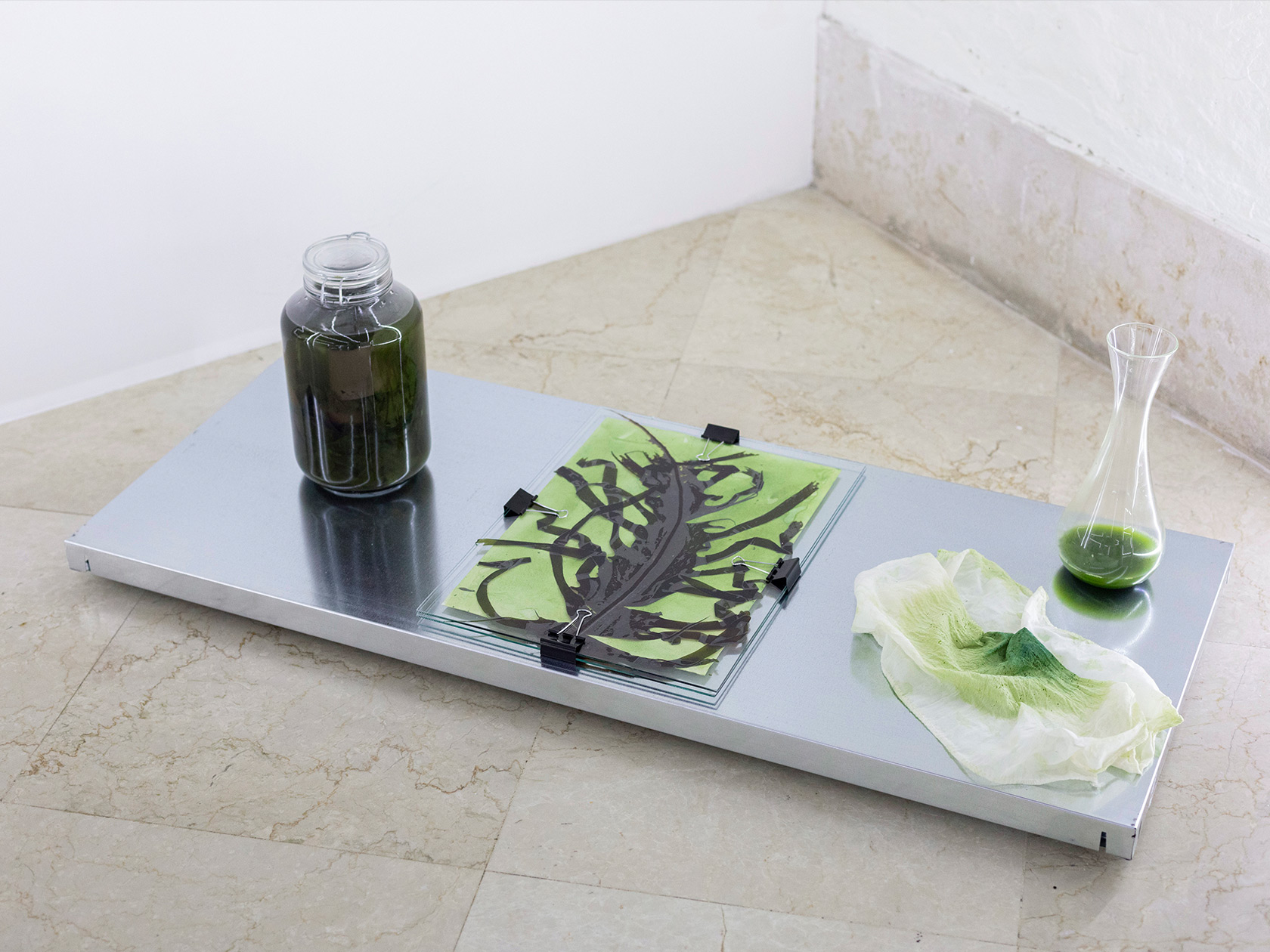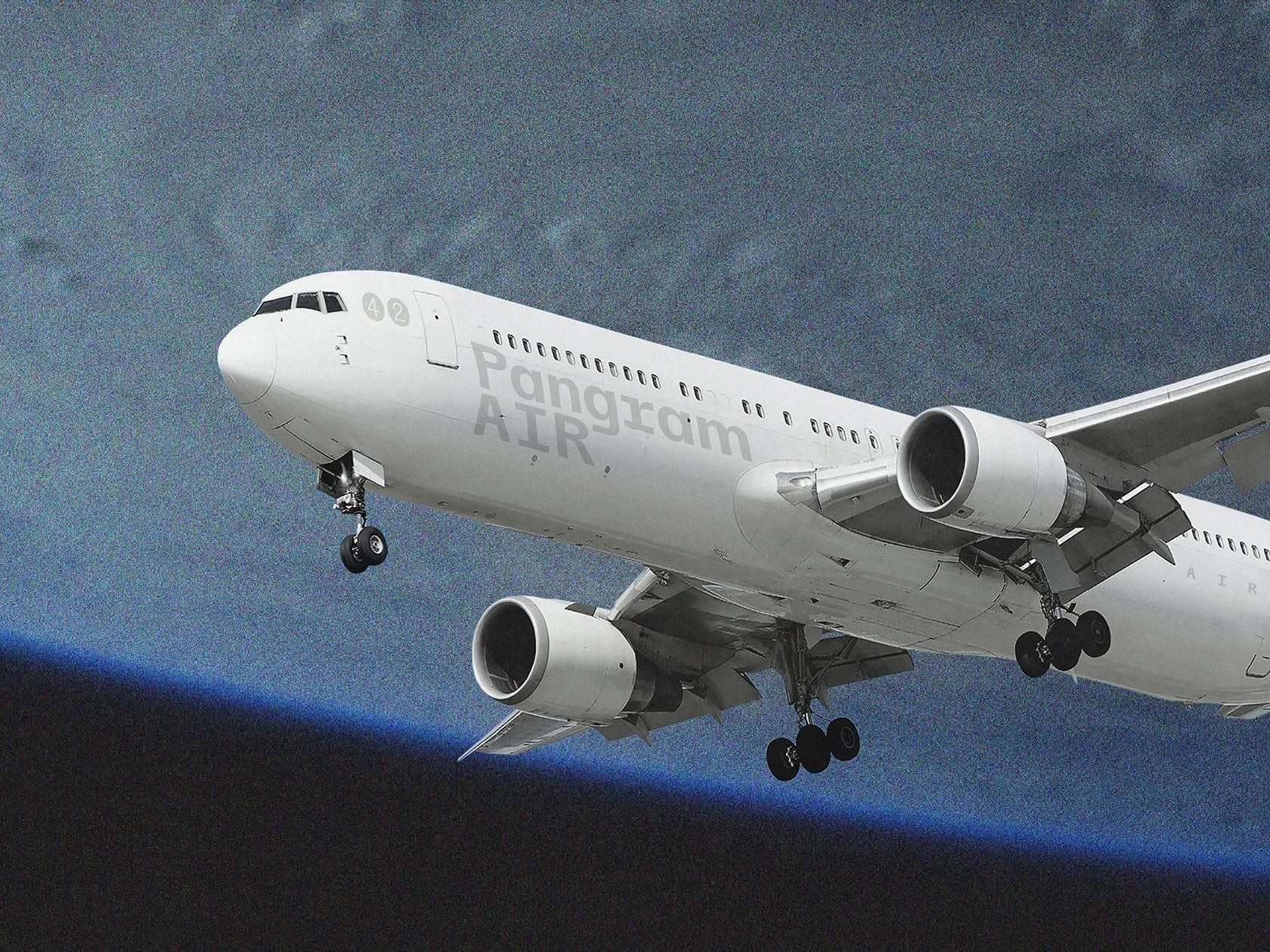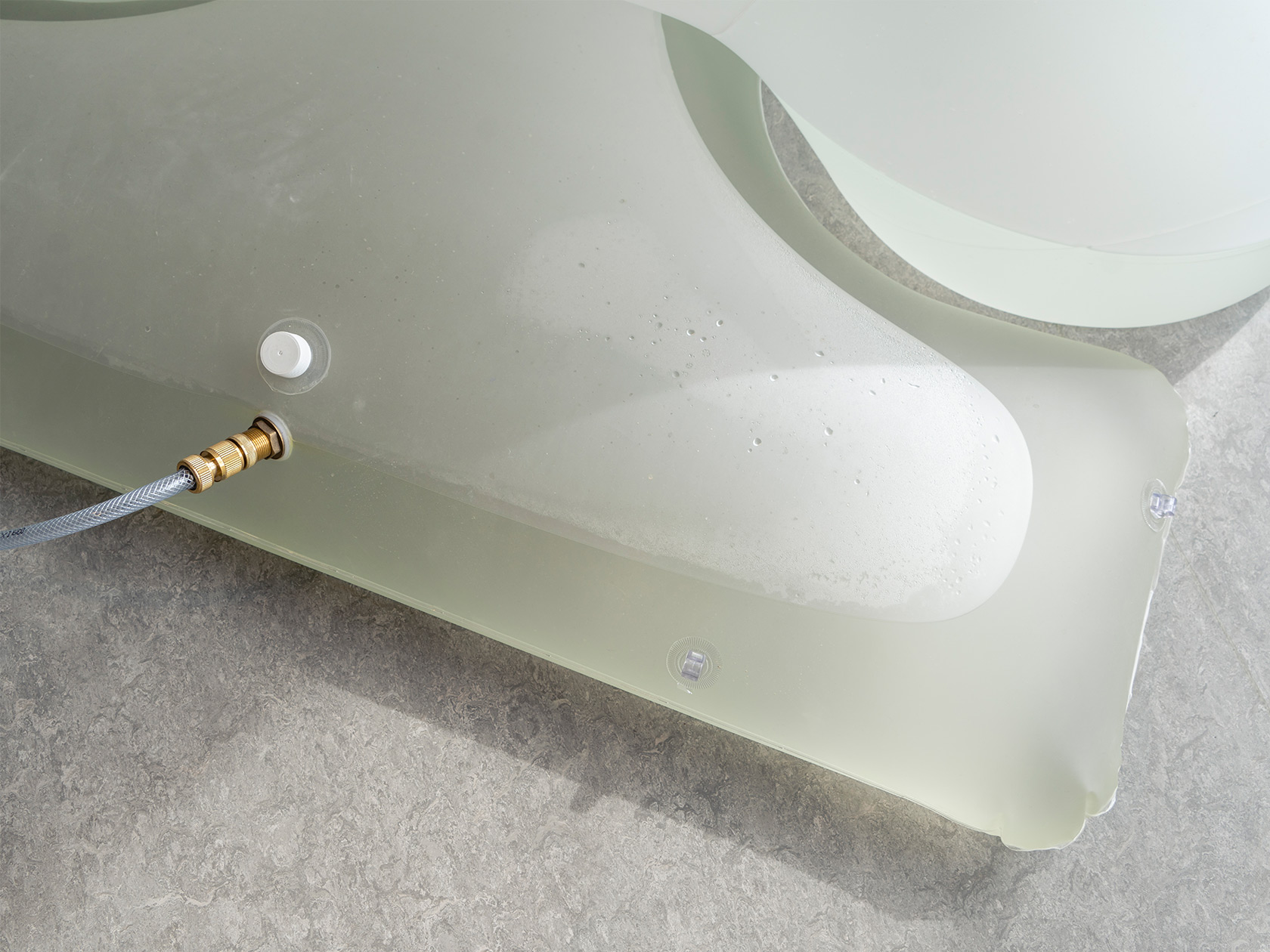From their early childhoods on, Emir Karyo and Jan Wojda shared an enthusiasm for collecting things they found beautiful. Not beautiful in the conventional sense, but beautiful in the sense that their findings were often genuine and raw, broken and deformed, unflattering, yet endearing. Using their vast collection of action figures, CD covers, comics, Tazos, and the internet to source their inspiration, the two designers who met at the Royal Academy of Art in The Hague have never been ones for sticking to the rule book.
At university, Emir and Jan bonded over their mutual interests in art, music, and design—and their shared horror of grid systems and bounding boxes. Instead, the duo treated each design like a fine art painting, adding a sense of unpredictability and fun to their work.
This refreshing approach comes across brilliantly in their design for Regionale Blasting Groep, in which they played with typically bureaucratic aesthetics. The DJ collective they founded with friends in 2023 mixes genres to their hearts’ delight, stretching from hardcore through drum and bass to dubstep. In June, they successfully hosted their first edition of “Search and Destroy (SAD),” a multisensory event at Roodkapje Rotterdam.
In the following interview, we talked with the creative duo—and soon-to-be studio—about how their childhood influenced their creative process and how they found their artistic voice.
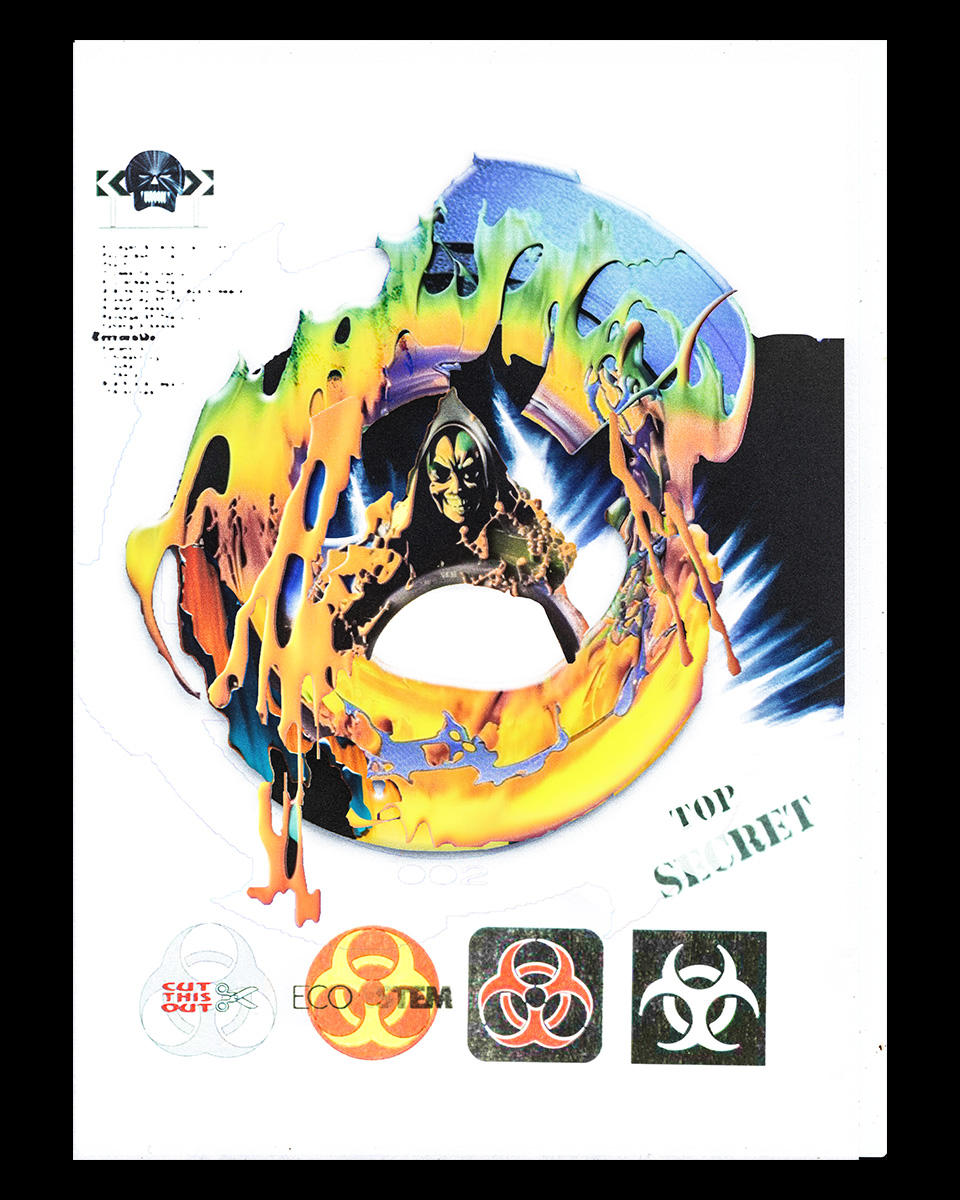
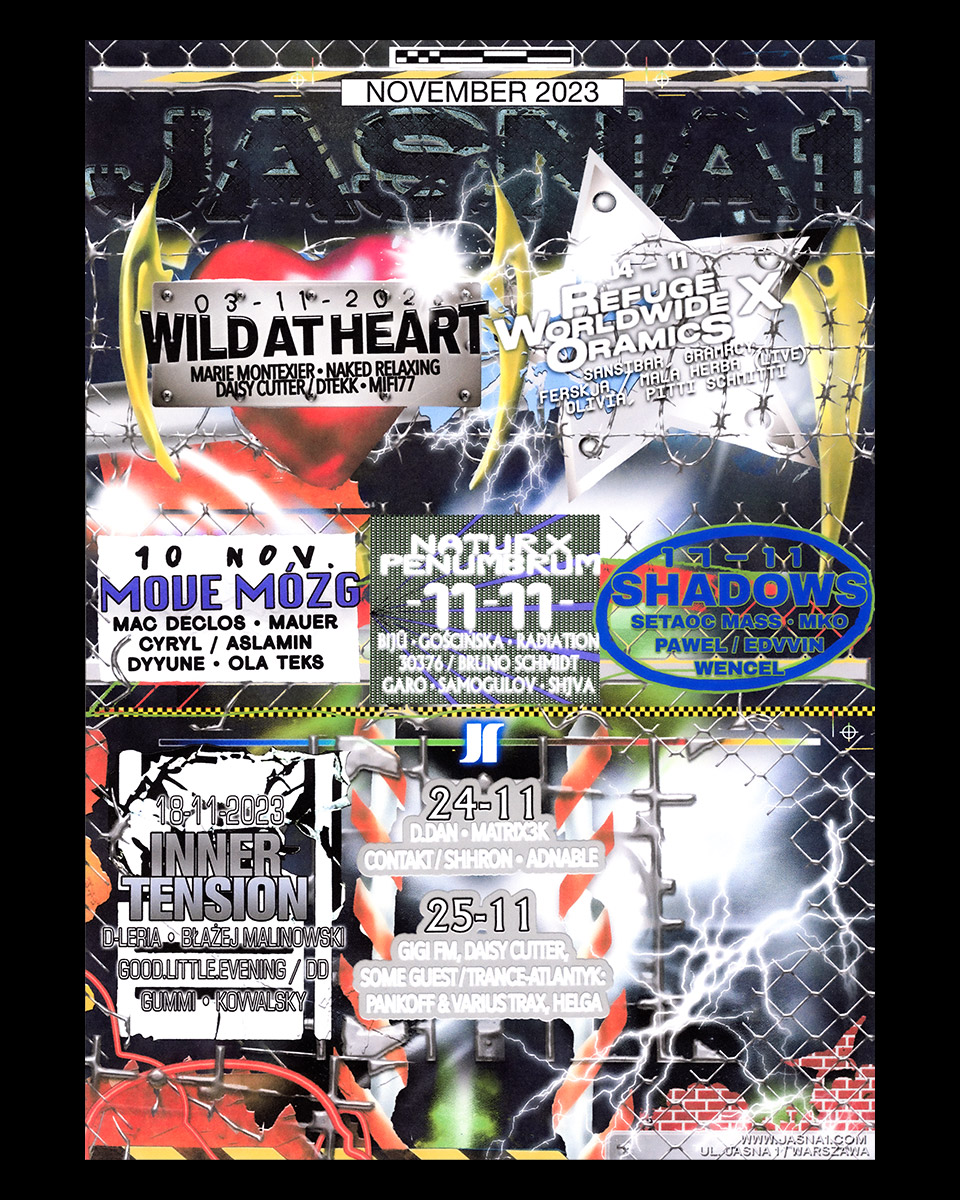
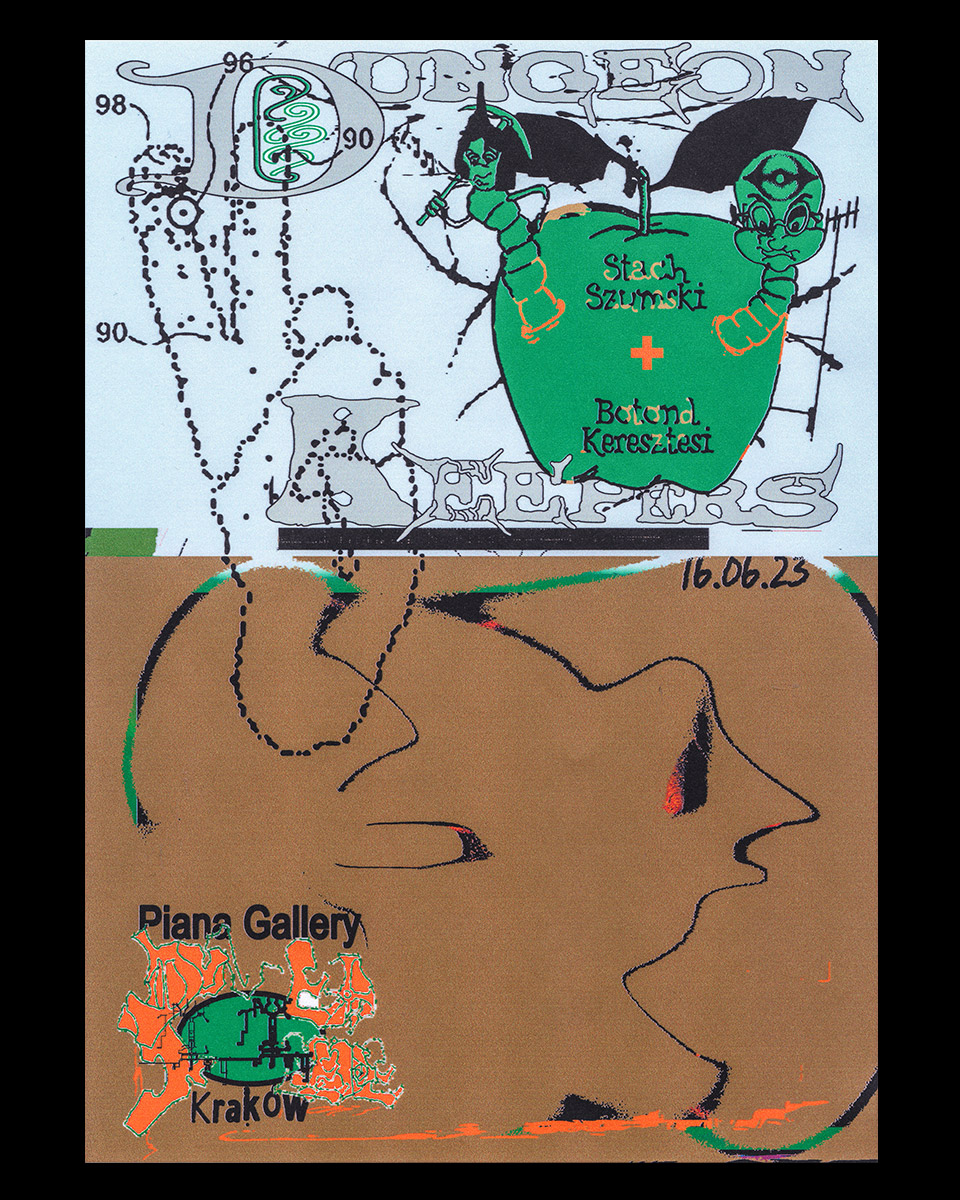
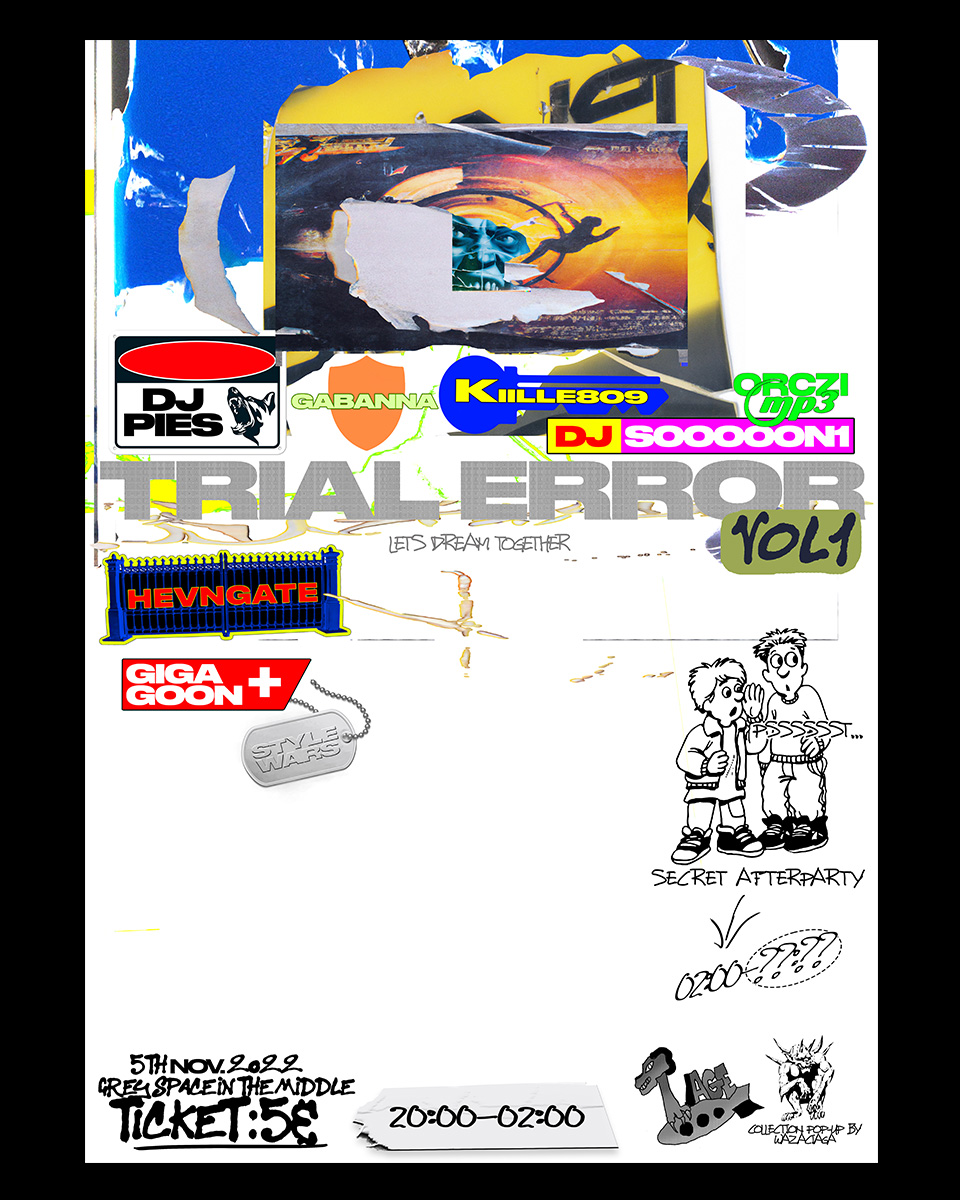
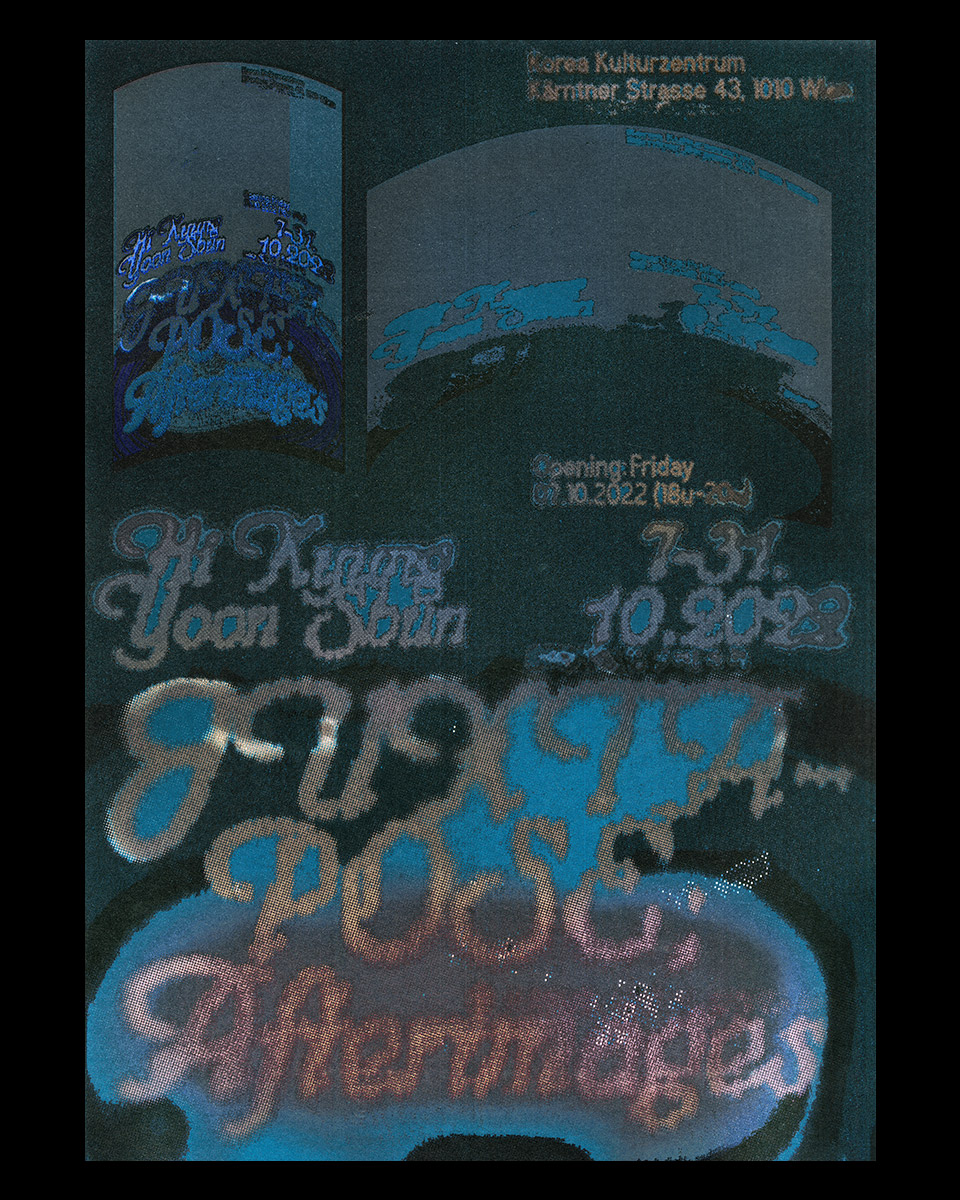
Hey Emir, hey Jan! Could you please tell us about yourselves and your background? What prompted you to work in design?
E: Salut!
J: Salut!
E: It’s Emir…
J: It’s Jan…
E: …born in 2000 in Istanbul, Turkey.
J: …born in 1999 in Gdansk, moved to Warsaw when I was 4 years old.
E: I have always been a curious and hyperactive kid with a partly rebellious soul. I wanted to do things my way and try different routes. My grandfather was a very creative and intelligent character. He always brought me some small science or mechanic kits to build stuff with. He surely had a lot of influence on me and laid the foundation bricks of my practice. I grew up surrounded by his various collections, from insane books about the mysteries of Egypt to rare bugs that he hunted and framed. Just like him, I have become a collecting maniac since I can remember. I spent my childhood building stuff and making oil pastel drawings rather than playing football in the hood. I started developing my portfolio during high school to release myself from the Turkish education system and get a decent diploma abroad. After high school, I moved to the Netherlands to study at the Royal Academy of Arts The Hague.
J: As a kid, I was very much into action figures, comics, and computer games, such as TMNT, Power Rangers, and SpyKids. Not much has changed, honestly. Back then, if I got hooked on something, oh boy, I would copy the shit out of it. Tracing everything by hand, using calque paper from my mom’s architectural drawings. By the way, a huge shoutout to my mom who has always been my biggest supporter and homie from day one. My initial plan was actually to work as an architect just like her. However, the idea of becoming a designer came to me while sketching hoodies for my clique of closest friends back in Warsaw—silly cut-outs of my crew members mixed up with many PNGs of lean, weed, and so on… (laughs). The design itself was very much inspired by Memphis rap covers. Since then, I made a couple of football scarves that I sold through my Instagram—and this is how it started, more or less.
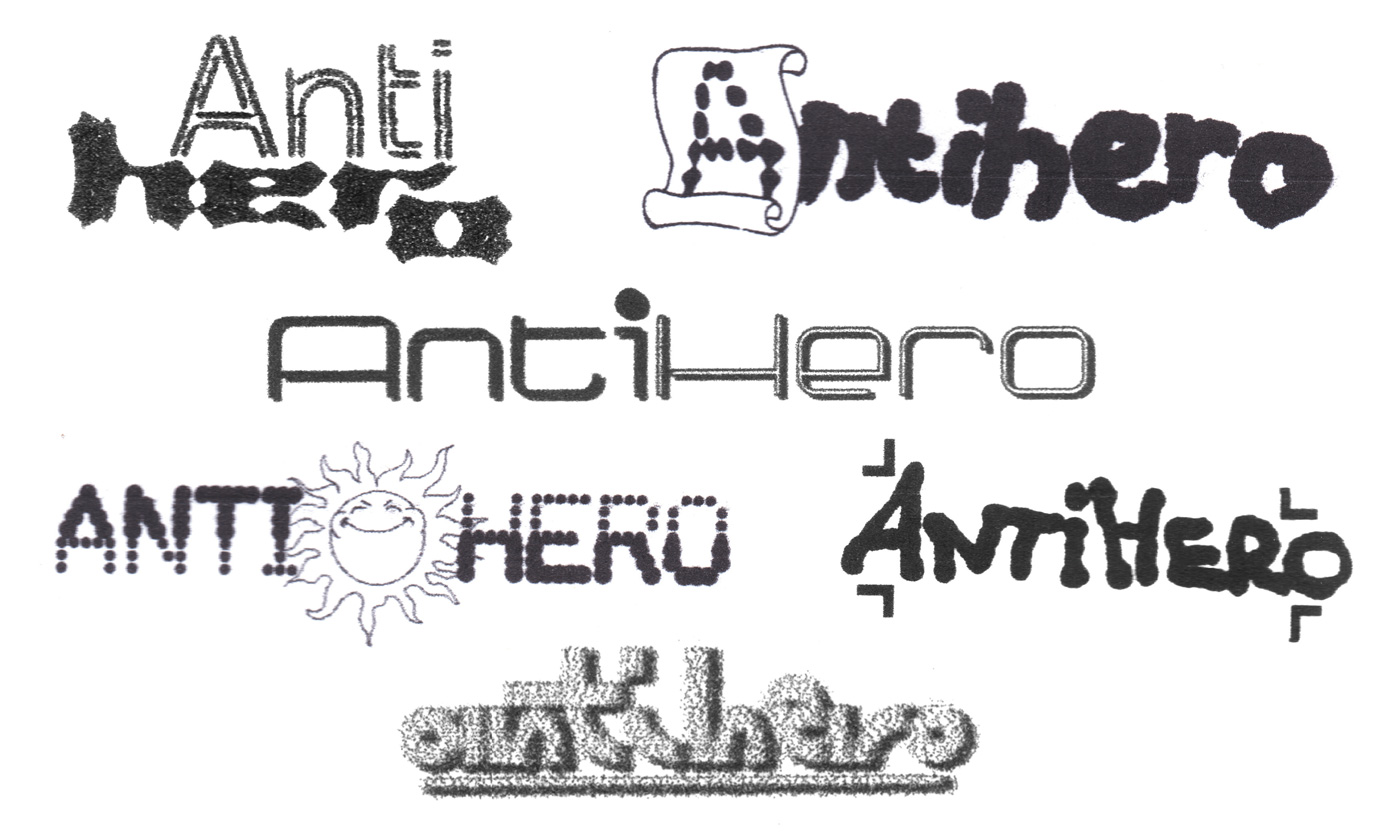
Looking back at the start of your practice, how have you found your own creative voice and how has your practice evolved since then?
E: I think it would be fair to say that our graphic design practice started with our studies in 2018. As classmates in an open-minded graphic design course, we experimented with many materials and software. Through these explorations, we started coming up with our own workflows.
J: We have always enjoyed messing around, but our knowledge and taste evolved with time. Learning to work with airbrush was a crucial point, it helped us create things that were once a dream.
E: In past years, we noticed a significant descent in the quality of visual design, especially in advertisements. Soft, modernist templates with automated workflows have already fully eliminated the airbrushed masterpieces from once upon a time. I think we are missing important artistic layers in the ways of communication which motivates us to bring these lost values back using our own creative voice.
J: Like everybody else, we relied on grid systems at the beginning of our practice, convinced that aligning everything to the grid would do the job. It didn’t take us long to realize that that didn’t work for us. Soon, we started treating posters as paintings rather than a digital file full of bounding boxes.
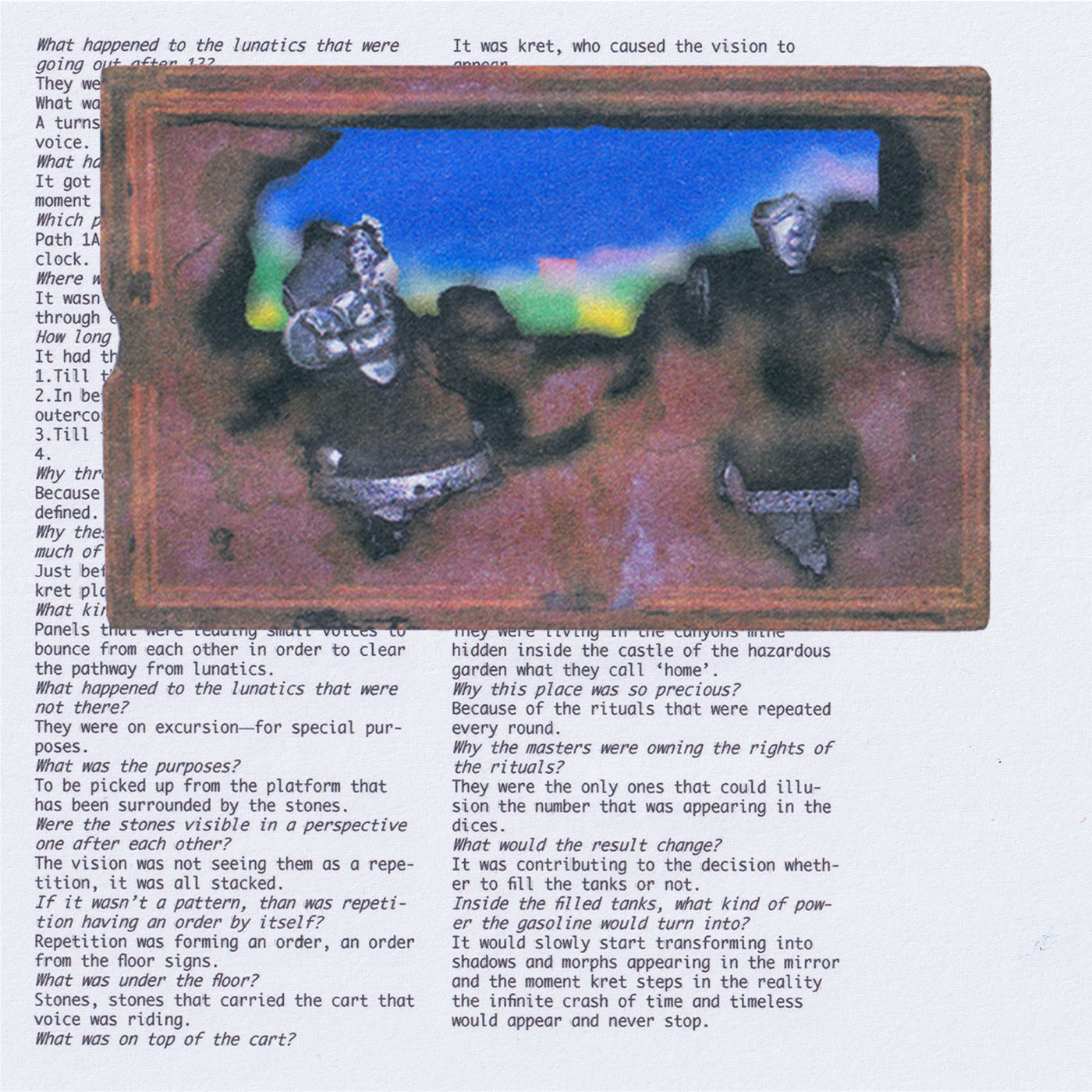
How did you come to work together?
E: Because we are part of the same generation and grew up with similar things, we both are interested in a certain visual language. We were the lucky generation that observed and experienced the switch from analog to digital while growing up, and it’s fair to say that this switch is evident in our work today.
J: After the first year of our studies, we teamed up and started collecting shit tons of materials from the construction sites or found in dumpsters and trash yards around Den Haag.
E: In 2020, we got more interested in analog ways of creating and curious about material possibilities when the pandemic started. That was when we decided to do a month-long boot camp and hold our first exhibition “Good Luck In Toyland” as a duo. Through that process, we learned how to have fun and embrace challenges.
J: At that time, we added a sense of unpredictability to our work, realizing that striving for full control will only leave us disappointed.
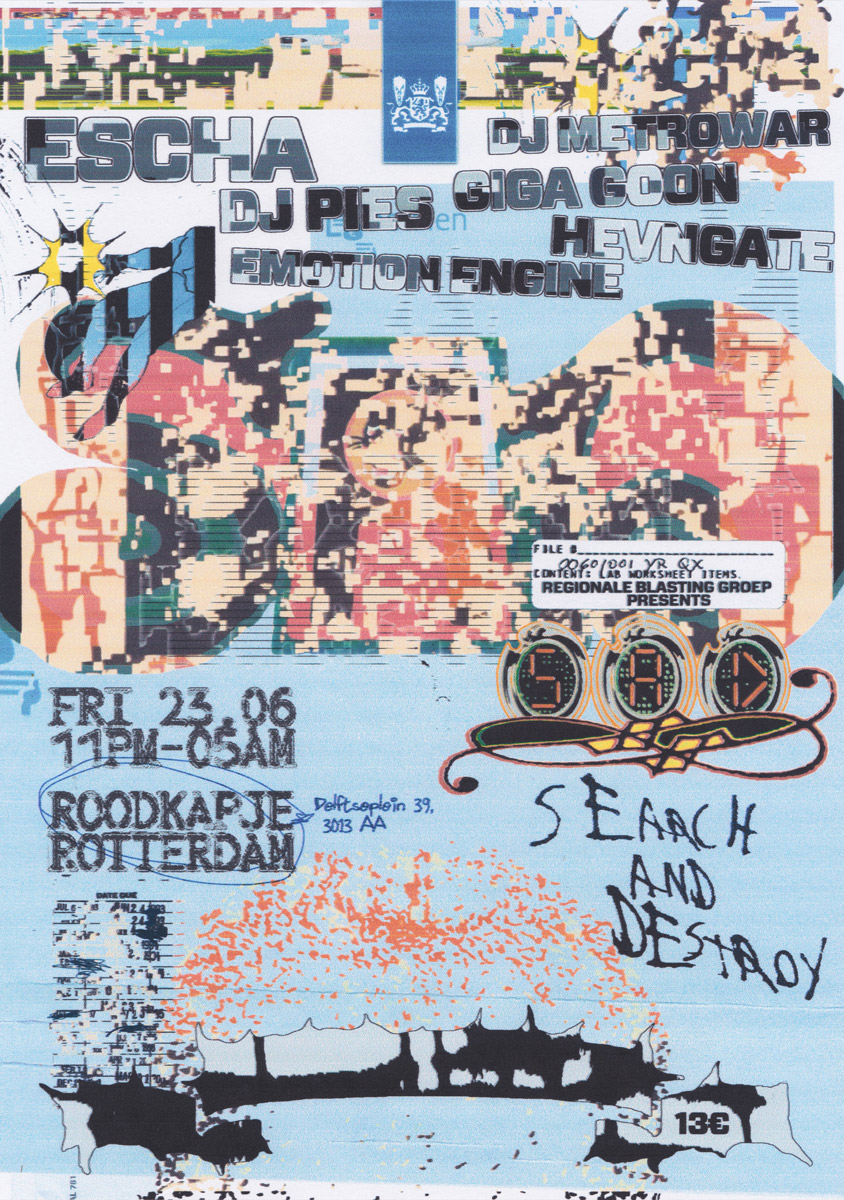
The party series Regionale Blasting Groep fuses your interests in design and music. What was your motivation when founding the collective?
J: By working and spending a lot of time together, we naturally grew interested in music. And yeah, we also liked partying. But the events that were happening around us were a bit disappointing.
E: We were bored of parties where we already knew what we would hear. It felt like going to the cinema when already knowing the movie. This experience encouraged us to organize events with more diverse club music and a broader spectrum of mixed genres. Therefore, with our friends from the academy, we started pouring the first bits of concrete for a fresh DJ collective. The name “Regionale Blasting Groep” is a wordplay on the well-known tax office of the Netherlands.
J: From that idea, we created its visual identity, inspired by the design of the characteristic institutional letters that everybody knows in the Netherlands and that mostly signifies bad news. A fellow designer once told me that when he saw the poster for the first time, he got shivers. (laughs)
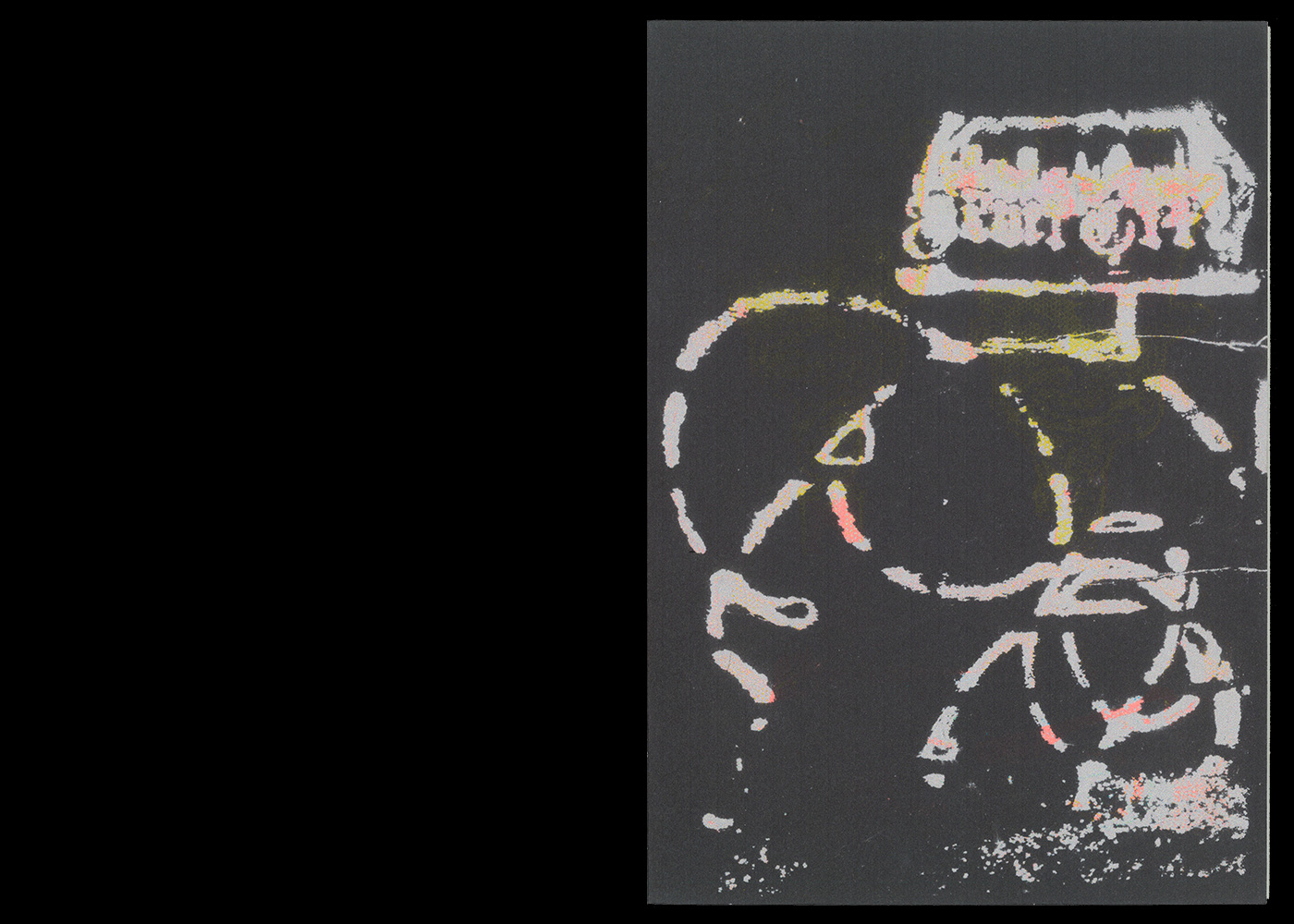
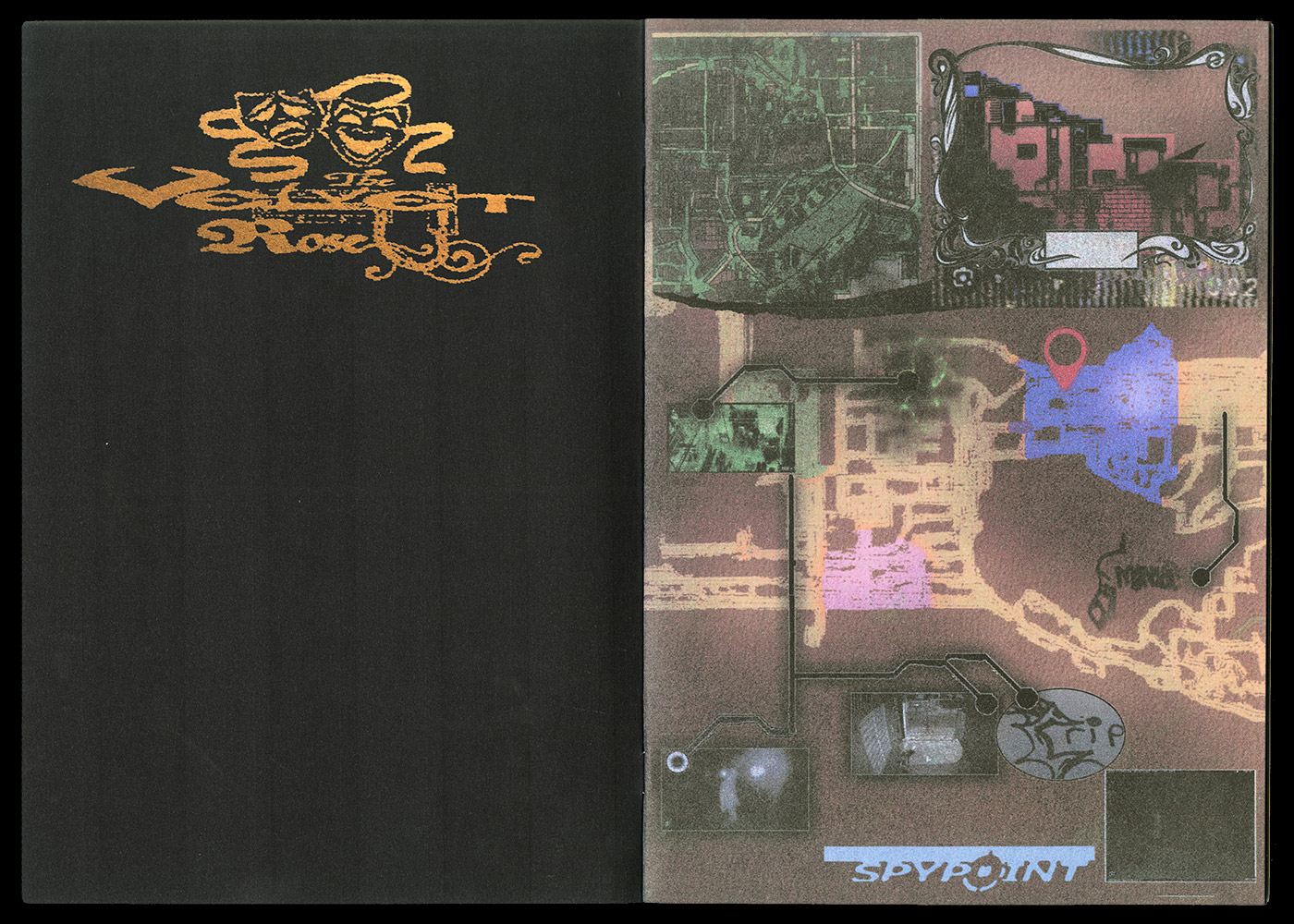
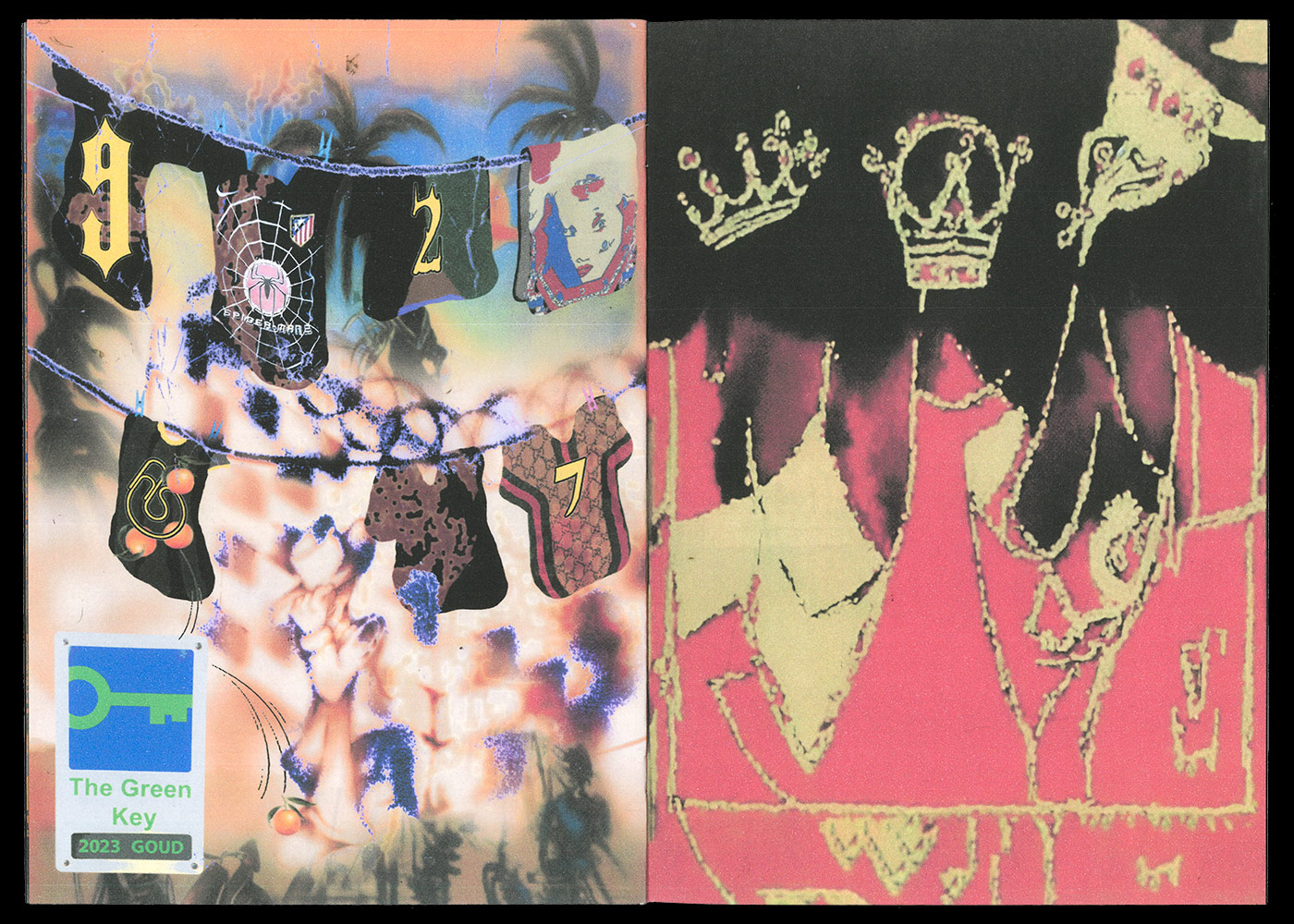
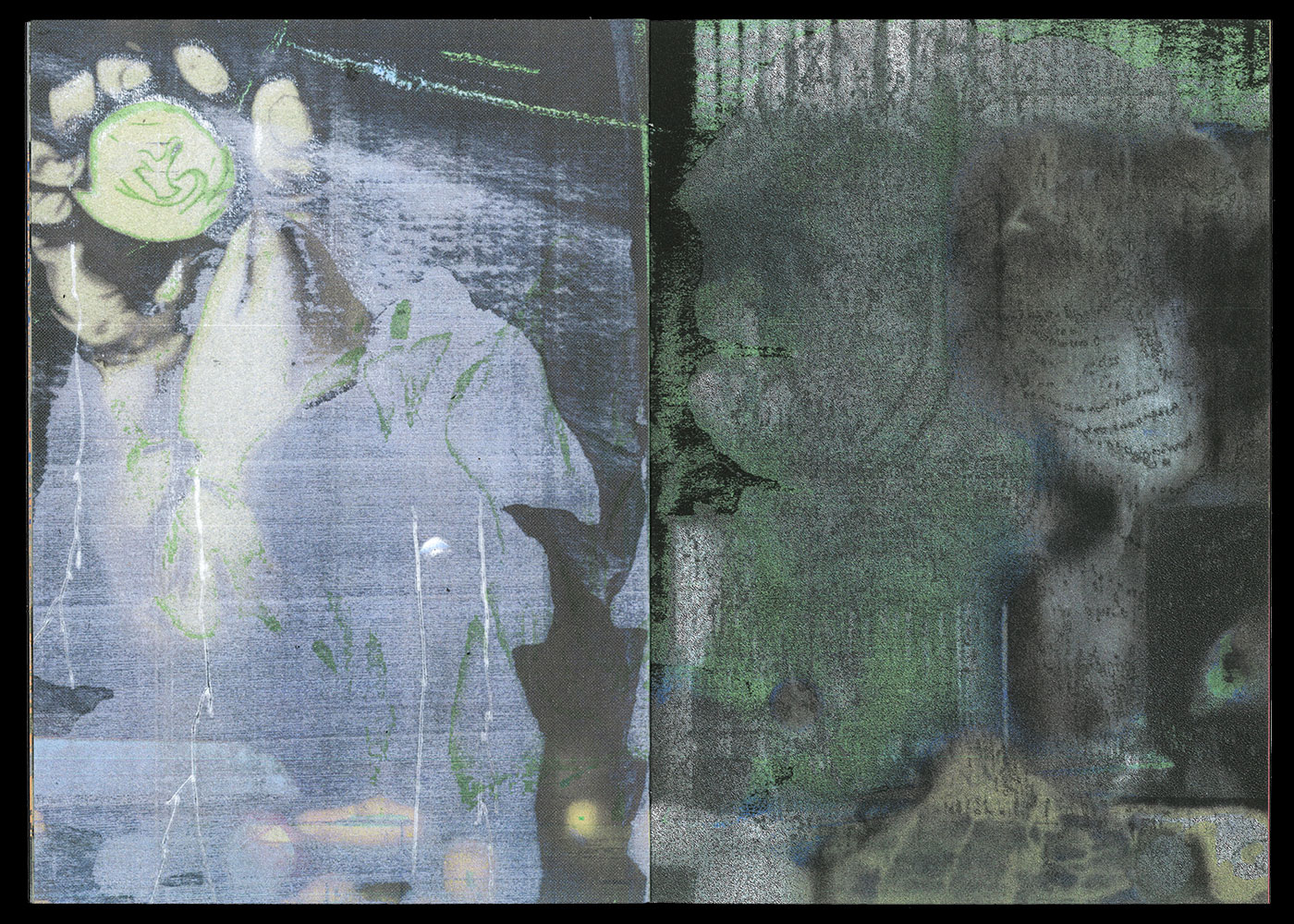
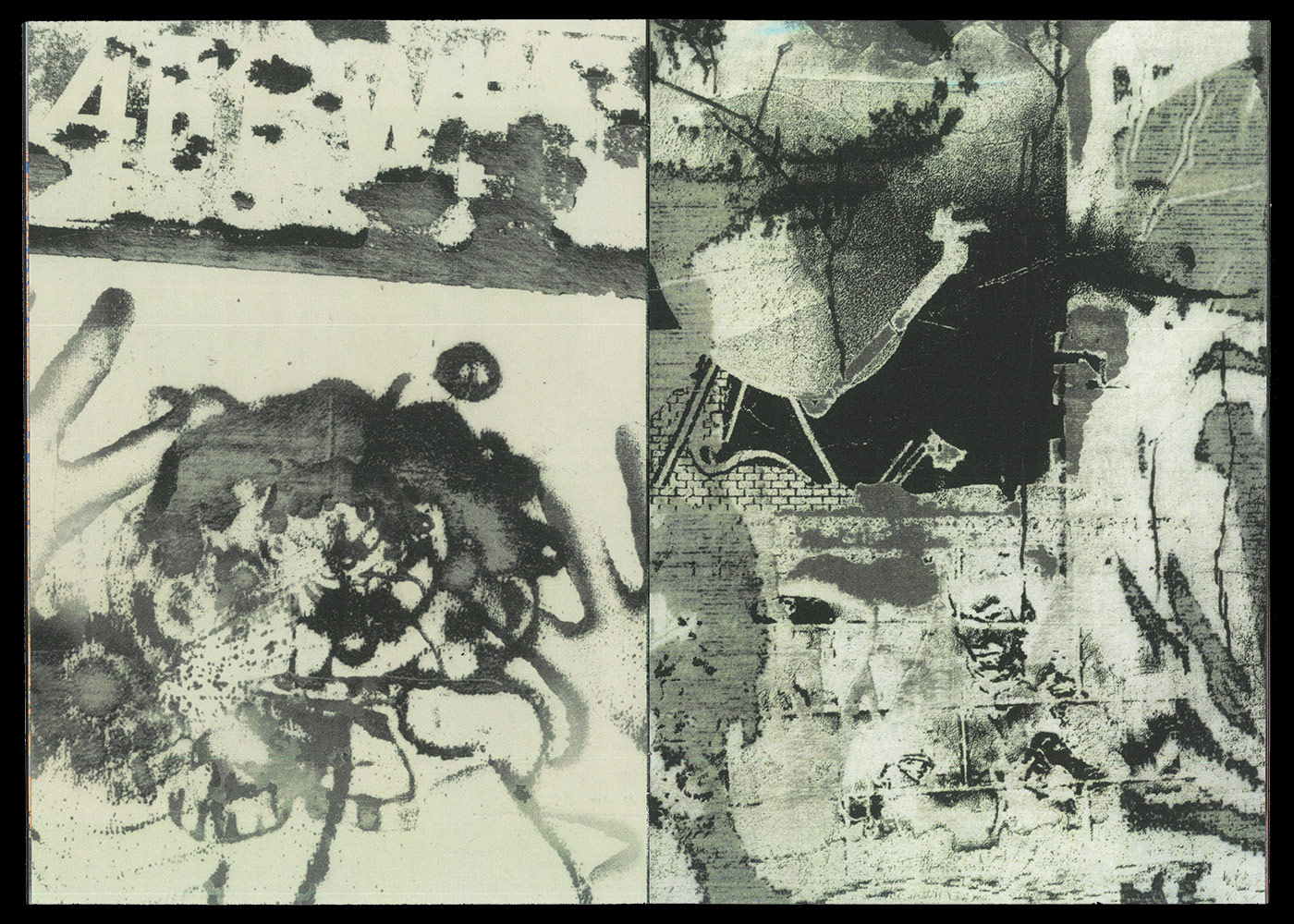
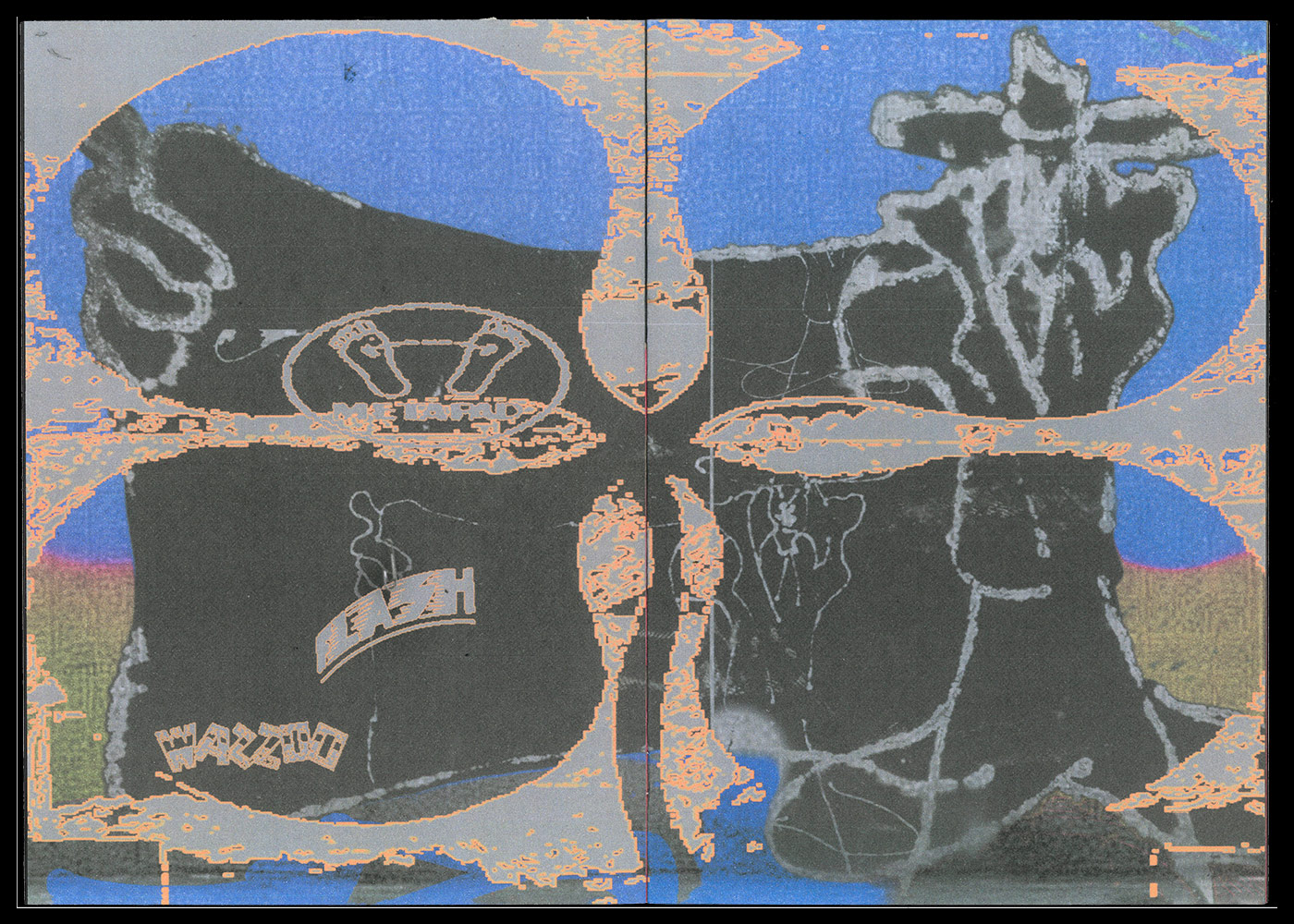
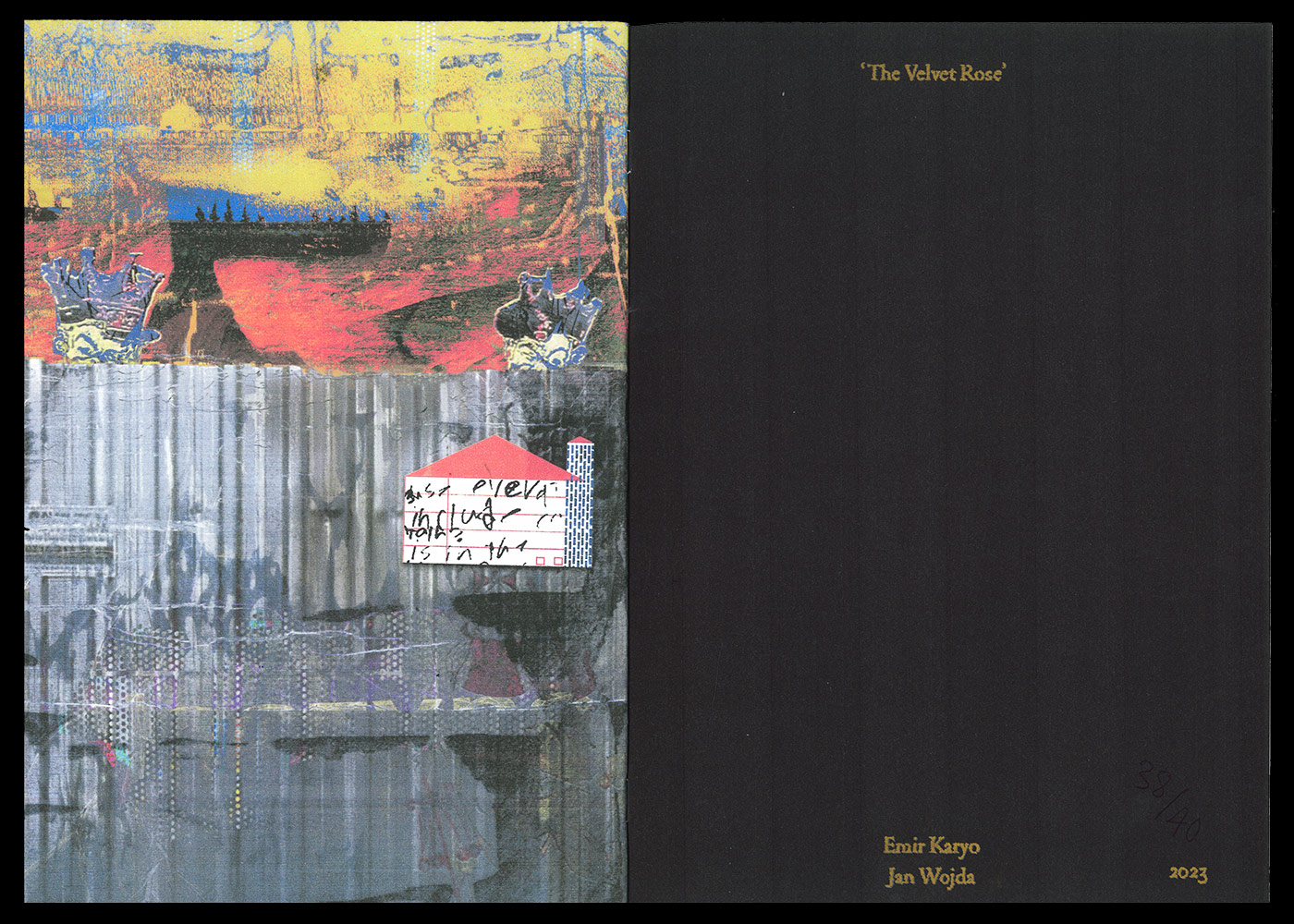
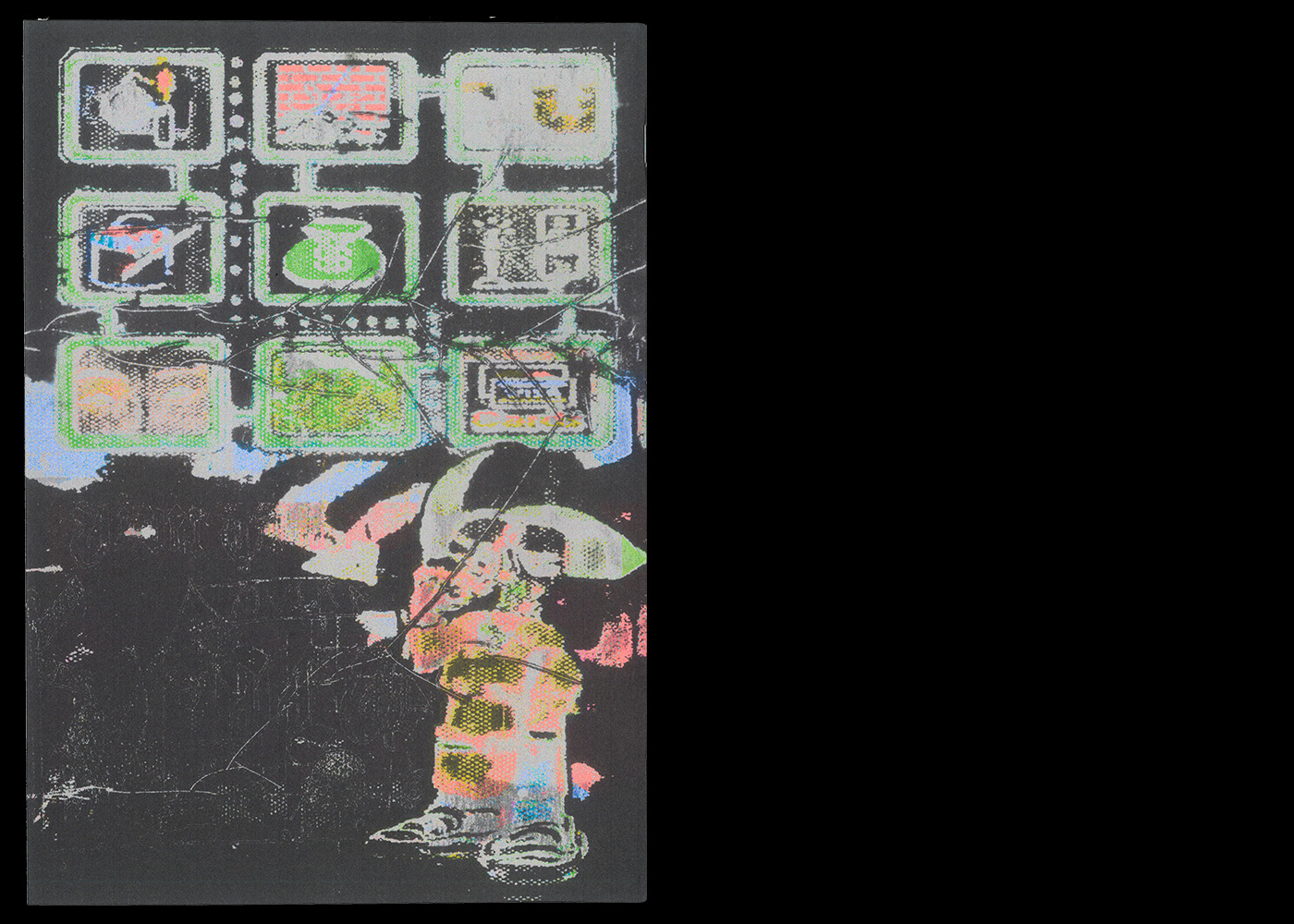
You have recently released the zine “The Velvet Rose”—a limited edition publication sitting between design and illustration. Can you tell us more about the theme of the zine? Is there a connection between the artworks?
J: What started this project were the loud cars passing by the ghettos every day, shaking the windows and making the laundry ropes tremble. With the zine and the CD, we wanted to portray the feeling of walking through the hood where all kinds of mysterious things happen.
E: Whether you call them ghettos, favelas, or hoods, they are the purest form of urban life. There is so much to learn about the aesthetics of these areas full of DIY solutions, off-the-grid businesses, and unlicensed houses tapping into the water, gas, and electricity supply. There are even police-restricted zones. That makes them an impressive self-sustaining ecosystem, a parallel world of urban life.
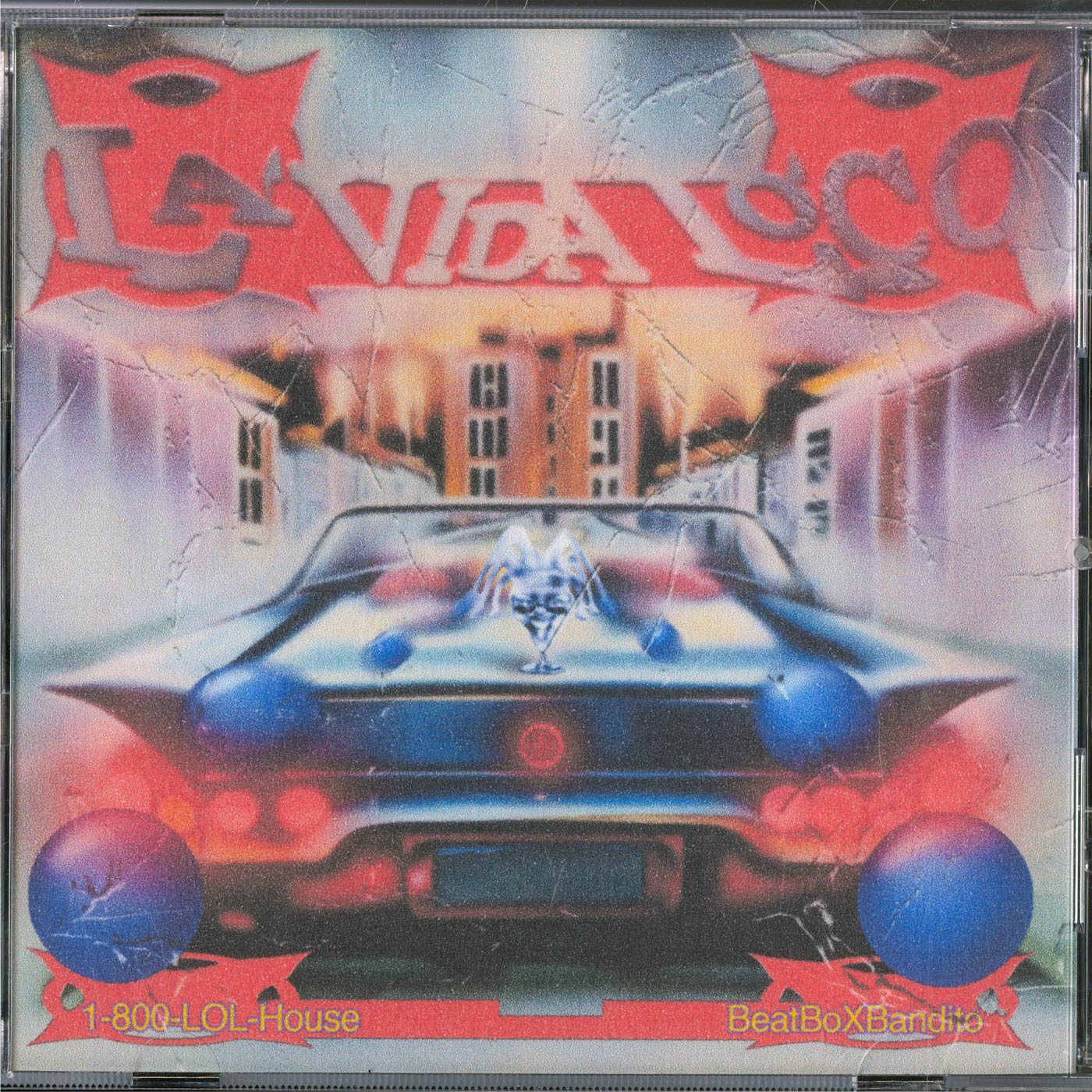
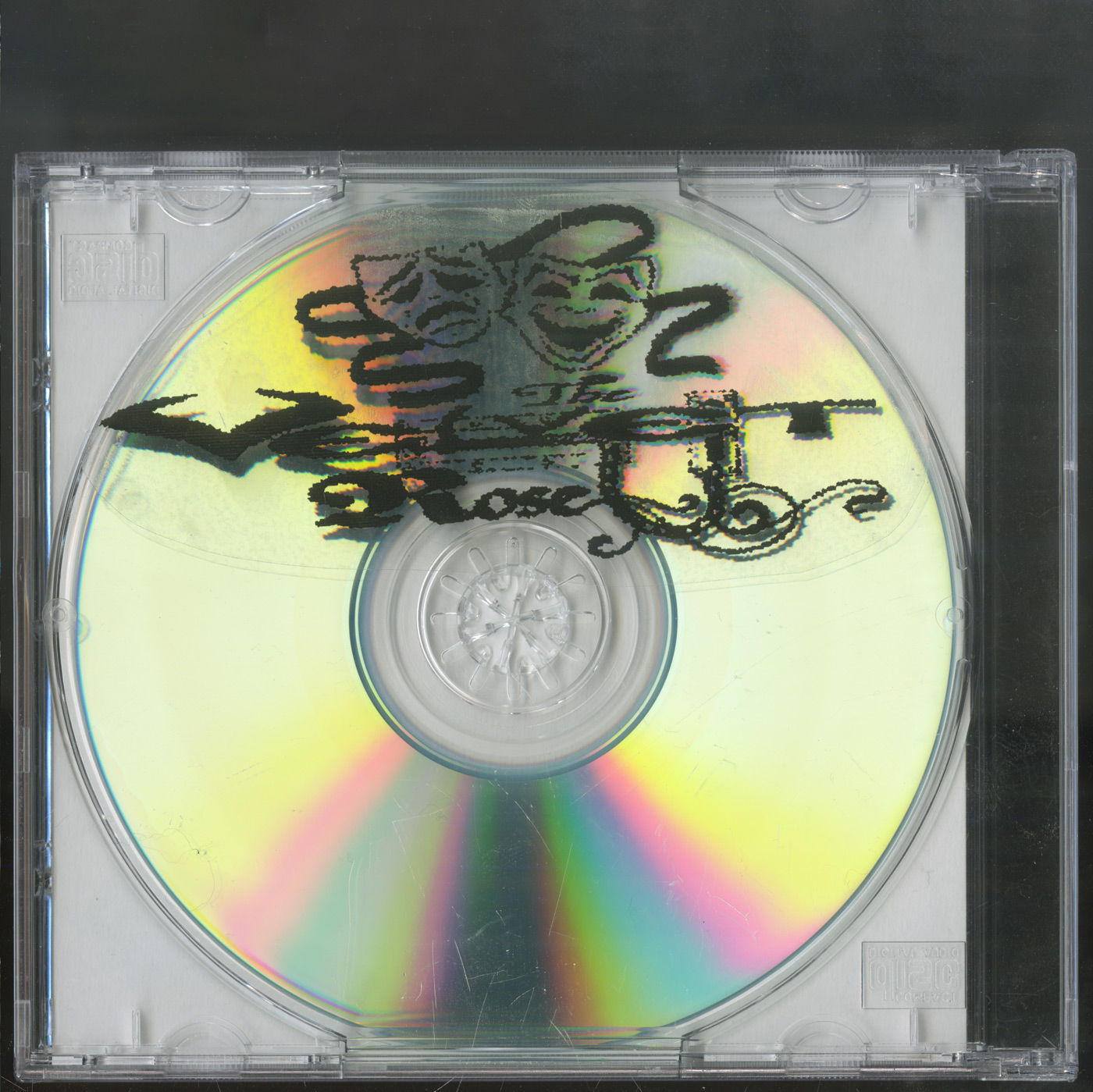
Where do you draw inspiration for your visuals?
J: It all comes down to what fascinated me as a kid. Those objects and images I collected remained imprinted in my mind over the years. For example, my collection of Tazos, especially the ones from Yu-Gi-Oh, still amazes me. Turns out that Emir was also collecting them (laughs). Looking at our design style and choices, it kind of makes sense. Strong characters mixed with rich, bursting patterns accompanied by gradient backgrounds.
E: Right now, the sources of our inspiration change seasonally, depending on what we see in real life or on the internet. I would say we find ourselves mostly inspired by things that are unusual, intermediate, unpredicted, broken, malfunctioning, dangerous, and triggering. I think the reason behind this is relatively simple. In a world getting more standardized every day, this disruption pleases our eyes and souls. Searching for inspiration became a subconscious activity of our daily lives by scanning, observing, and documenting our surroundings. I understand why people are sometimes annoyed to go on a walk with us—a scratch on metal might be worth 100 photos from all angles!
J: We still have our childhood habit of collecting, so we take any opportunity to go to open-air markets or some small hidden garage sales to collect physical inspirations, such as action figures, CD covers, and all sorts of printed archival material.
E: Lately, we are into dance music CDs from a few decades ago, mostly early gabber stuff. Jan is trying to finish the “Sonic Dance Power” series, and I am collecting any release from ID&T—insane covers, no doubt.
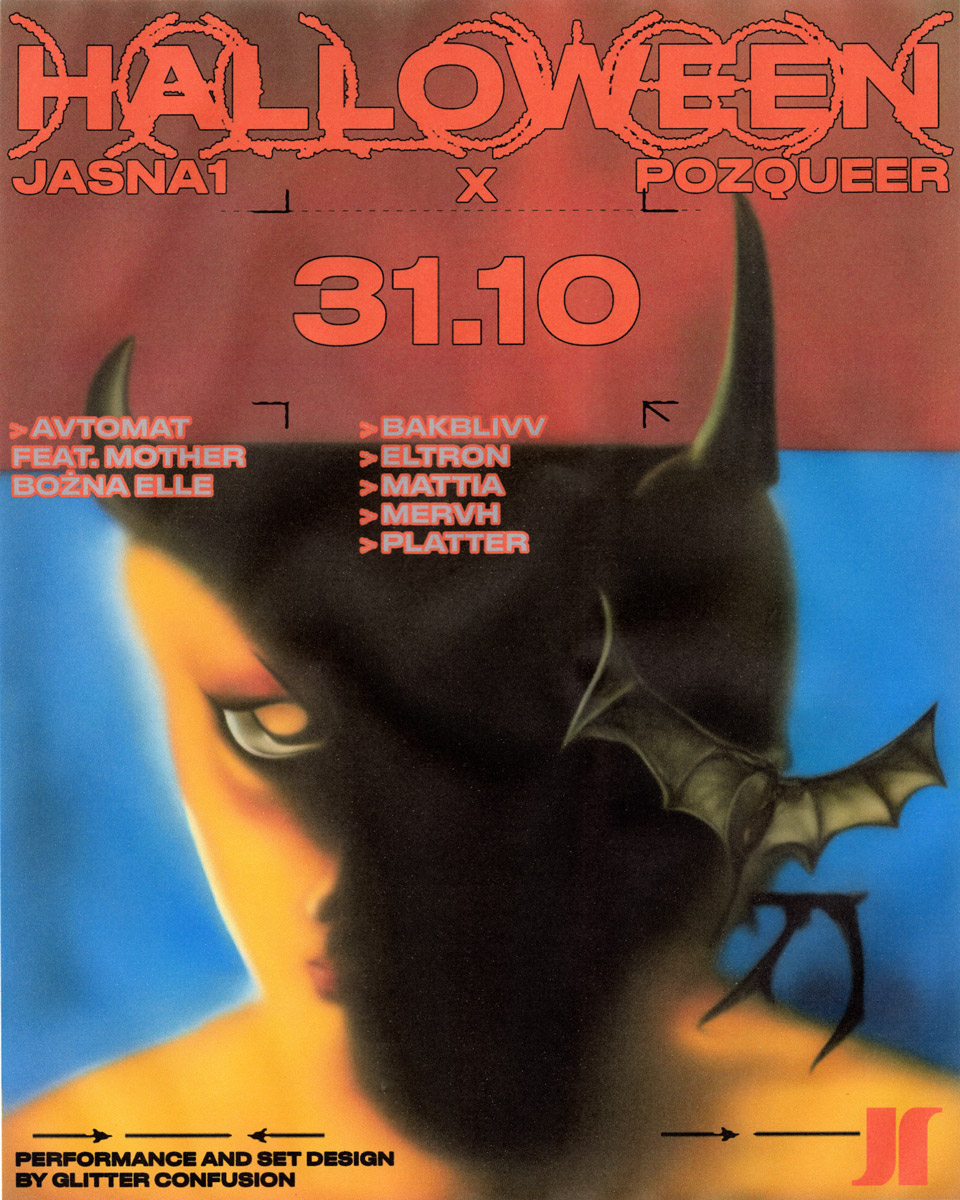
What does working collaboratively bring you that you couldn’t do alone?
E: Just like the “Power Rangers,” together we form something like a “Megazord,” combining our different skills and visions and filling in each other’s gaps.
J: (Laughs) two heads are much better than one! It’s much easier to deal with quick deadlines, clients, and productivity when working collaboratively. We also help each other on a subconscious level by sharing the same responsibility.
E: Working together helps us get a second perspective on anything, allowing us to be more critical of our work. We highly believe in the power of “discarding.” When working solo, it gets hard to abandon assets from your project files. But when we are together, we like to remind ourselves that, just like in Yu-Gi-Oh, to release the ultimate monster that will finish the game, you have to discard a few other monsters that are already on your field.
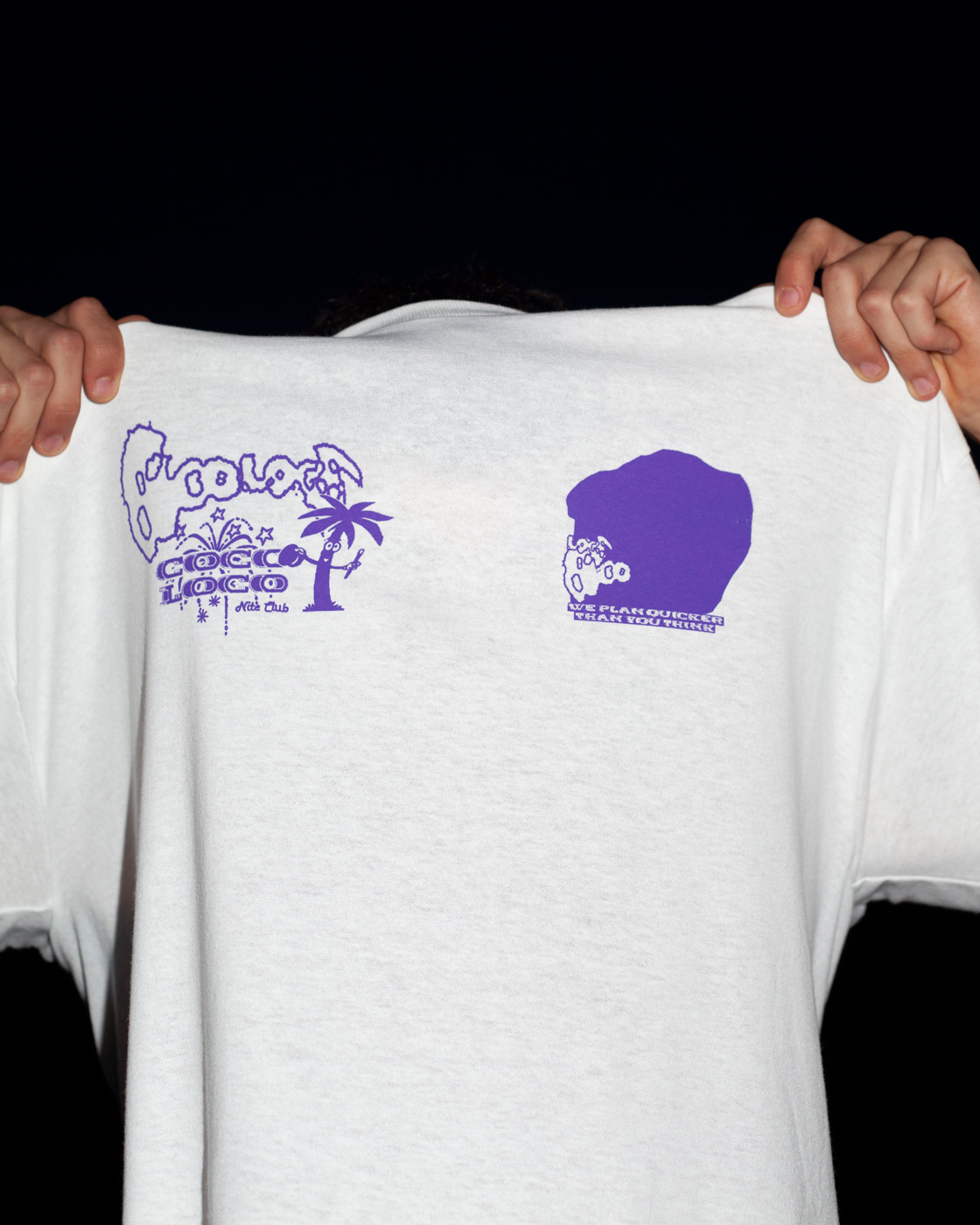
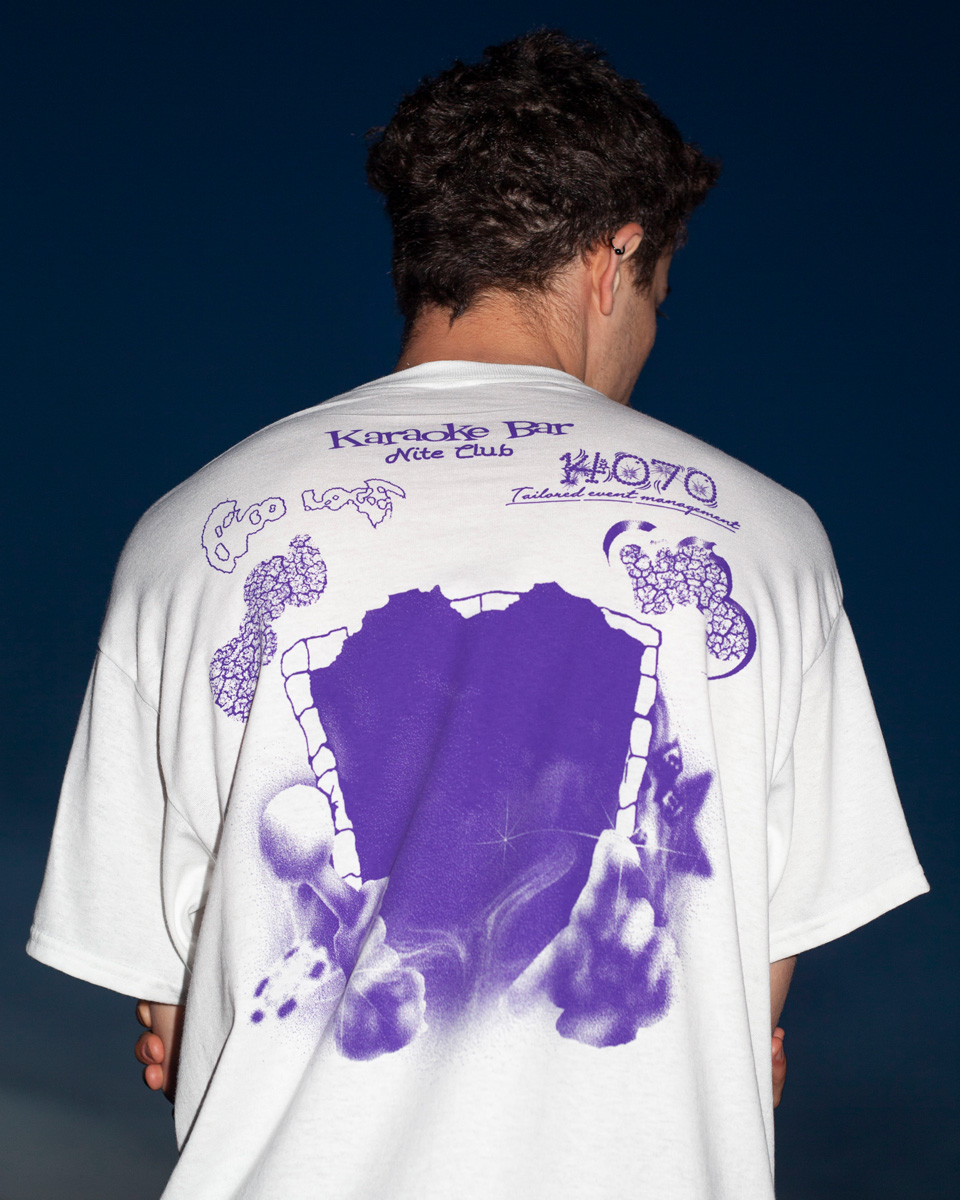
COLLABORATIONS TO LOOK AT:
Bravas Graphix

